In the 1920s, Fifth Avenue was the undisputed showcase of American wealth, style, and ambition. The stretch of avenue running from the grand mansions of the Upper East Side down to the luxury department stores of Midtown was a vibrant artery of fashion, commerce, and high society. This was the decade of the “Roaring Twenties,” and nowhere did the era roar louder than on the sidewalks of Fifth Avenue.
The section of the avenue just above 42nd Street had firmly established itself as the most exclusive shopping district in the world. Legendary retailers occupied magnificent buildings, their names synonymous with luxury. The jewelry giant Tiffany & Co. was located at 37th Street, its famous windows displaying dazzling diamonds and precious gems. A few blocks north, the French jeweler Cartier operated out of a former mansion at 52nd Street. Luxury department stores like Lord & Taylor, B. Altman and Company, and Best & Co. offered the latest fashions from Paris and New York to a wealthy clientele. Bergdorf Goodman, located at 58th Street, was the premier destination for custom-made women’s clothing.
The street itself was a scene of constant, elegant motion. A new and ever-increasing stream of automobiles filled the avenue, from the stately Rolls-Royces and Packards of the rich to the more common Model T Fords. To manage this growing congestion, Fifth Avenue became one of the first streets in the world to use a coordinated system of traffic light towers, installed in 1922. These bronze towers, manned by police officers, were a modern marvel. Also navigating the traffic were the popular green and yellow double-decker buses, which offered passengers on the upper level a wonderful vantage point for sightseeing and people-watching.
Read more
Further uptown, along the border of Central Park, Fifth Avenue was still known as “Millionaire’s Row.” This stretch was lined with the grand, palace-like mansions of America’s wealthiest families, including the Vanderbilts and the Astors. These homes, built in preceding decades, were monuments of stone and marble, staffed by dozens of servants. By the 1920s, however, a change was beginning. Some of these massive single-family homes were being torn down to make way for a new type of prestigious residence: the luxury cooperative apartment building. These tall, elegant buildings offered the same exclusive address with modern conveniences for a new generation of the wealthy.
The avenue was also the setting for one of the city’s great social rituals: the Easter Parade. On Easter Sunday each year, thousands of New Yorkers would dress in their finest new spring clothes and promenade along the avenue, particularly in the blocks around St. Patrick’s Cathedral. It was an informal and democratic display of fashion, where society matrons and working-class families could all participate in the same festive stroll.


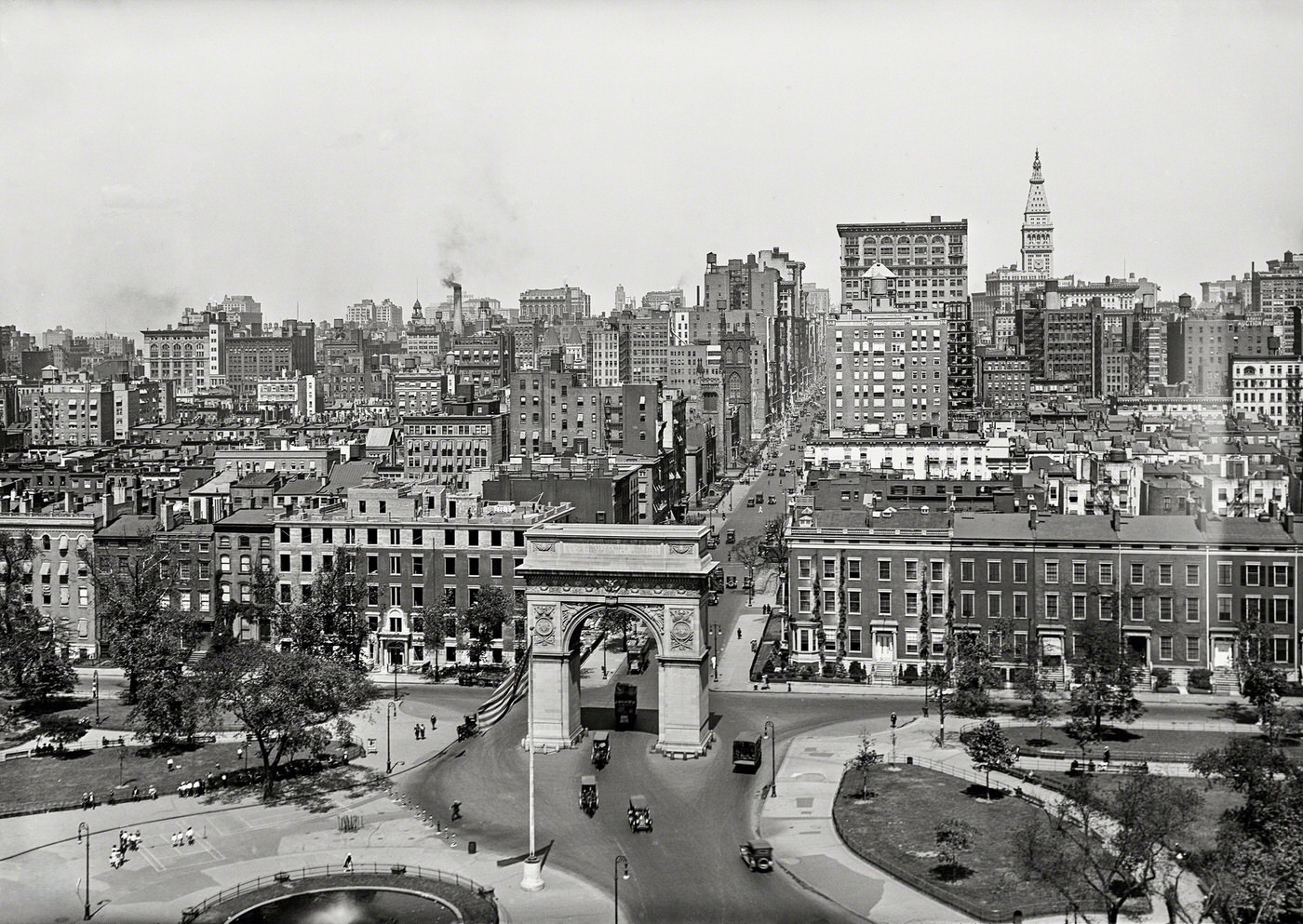
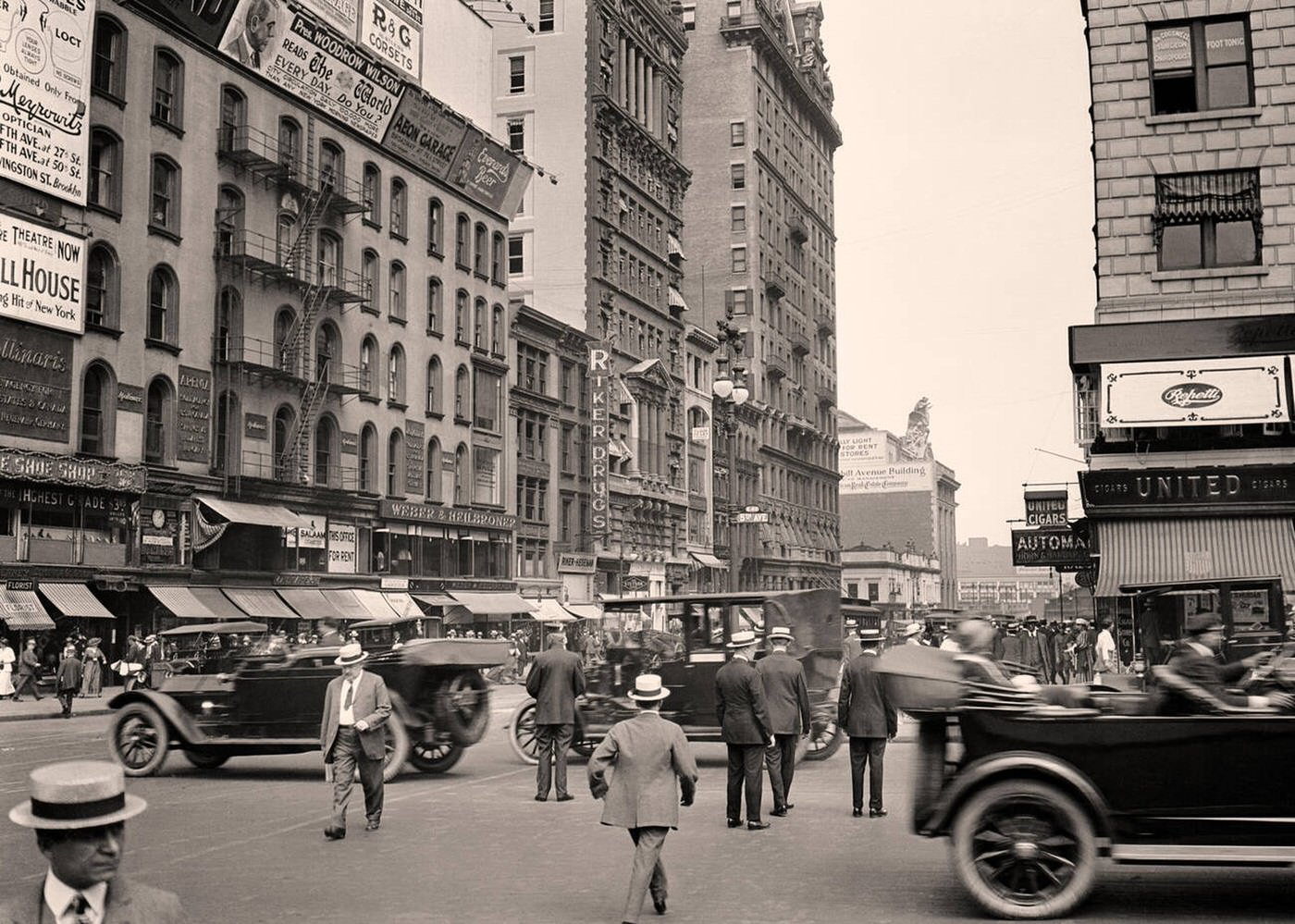
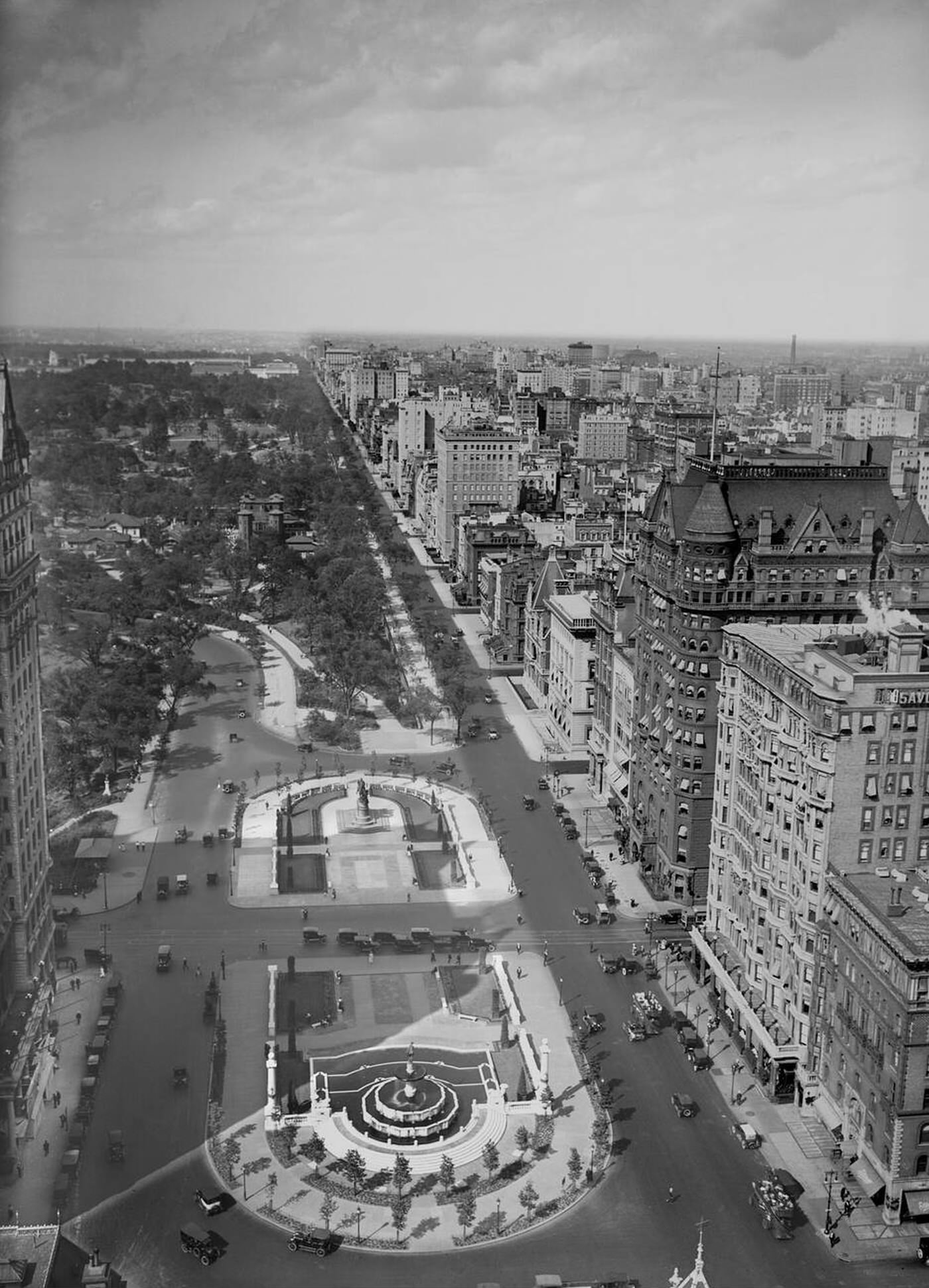
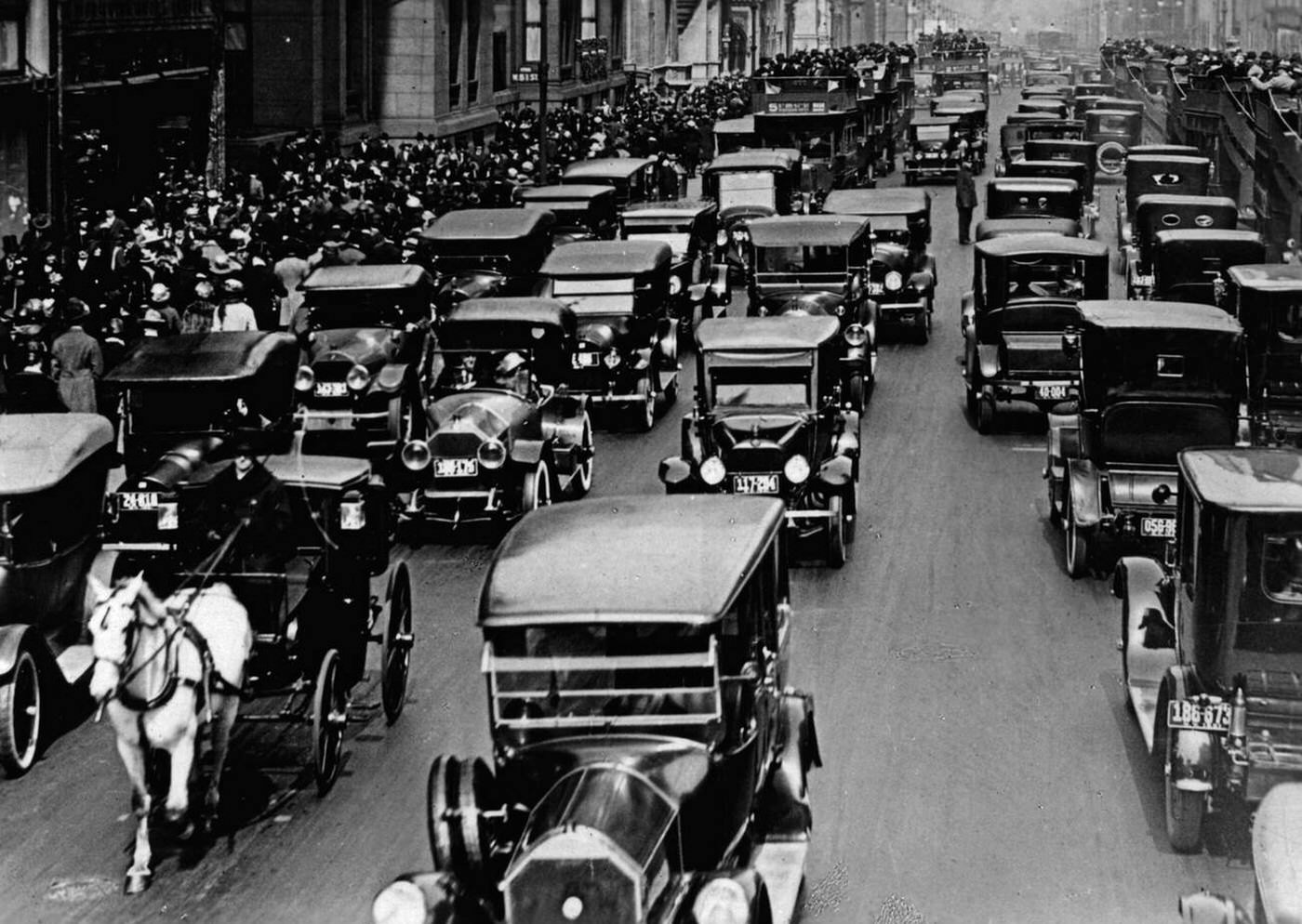
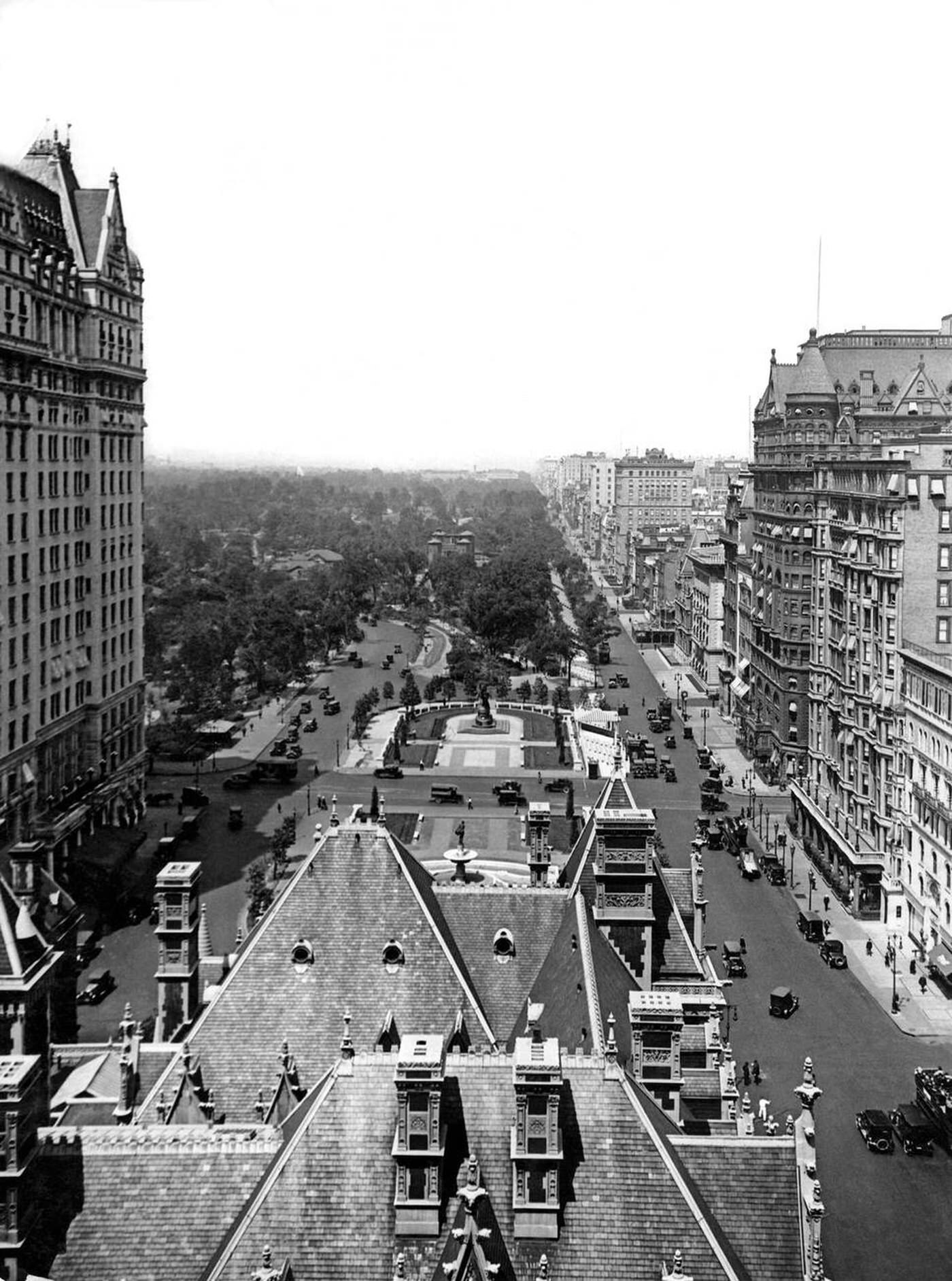
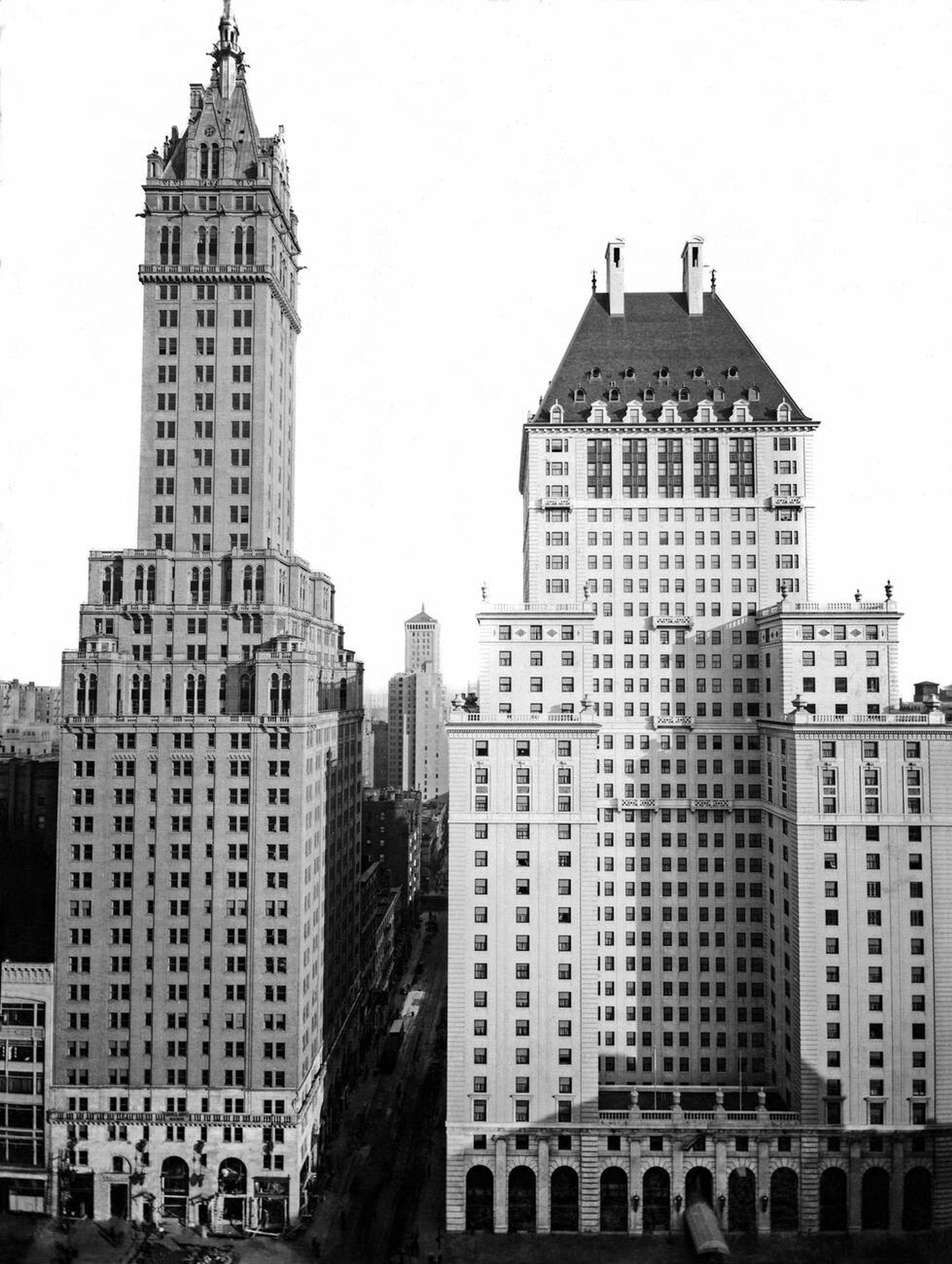
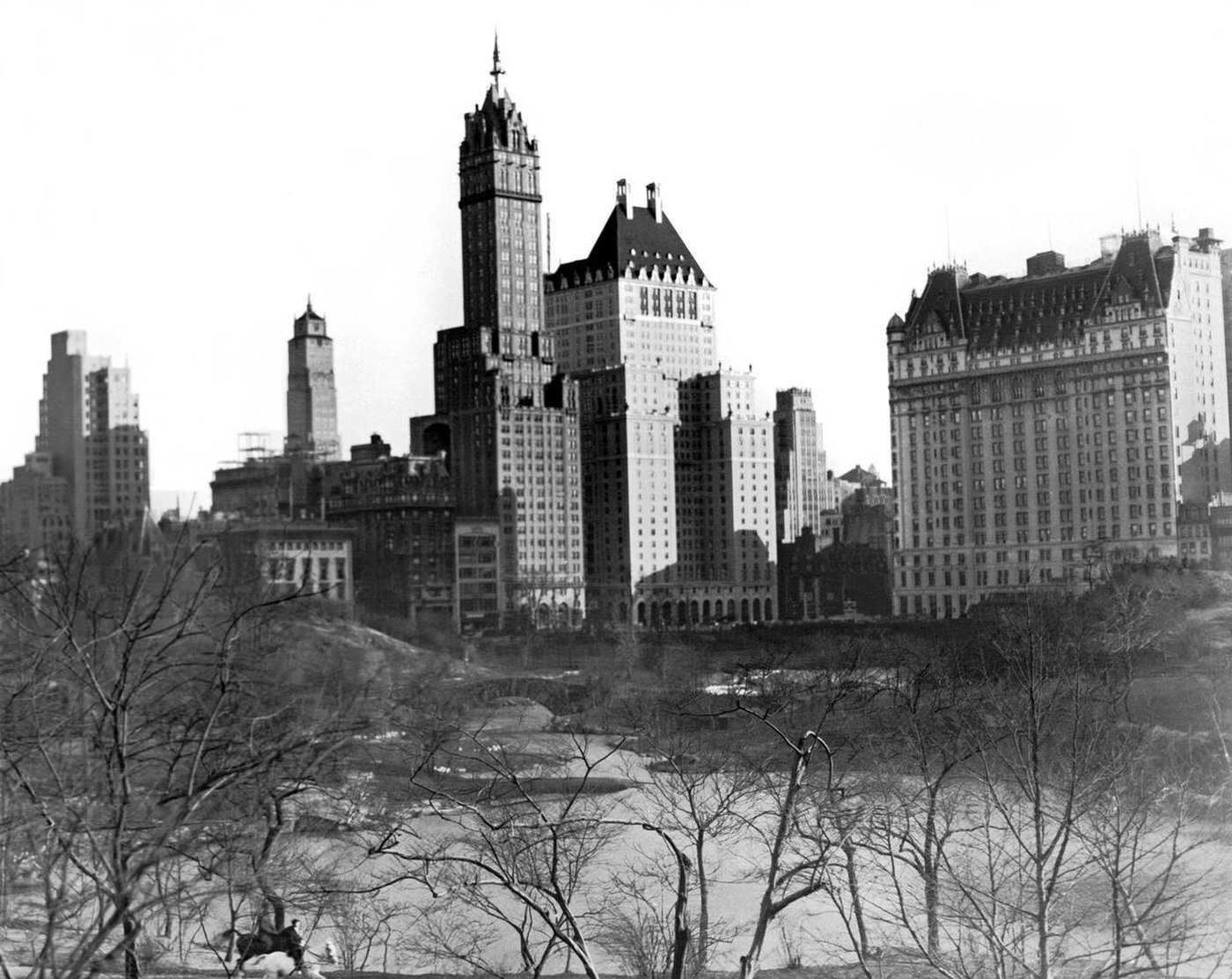
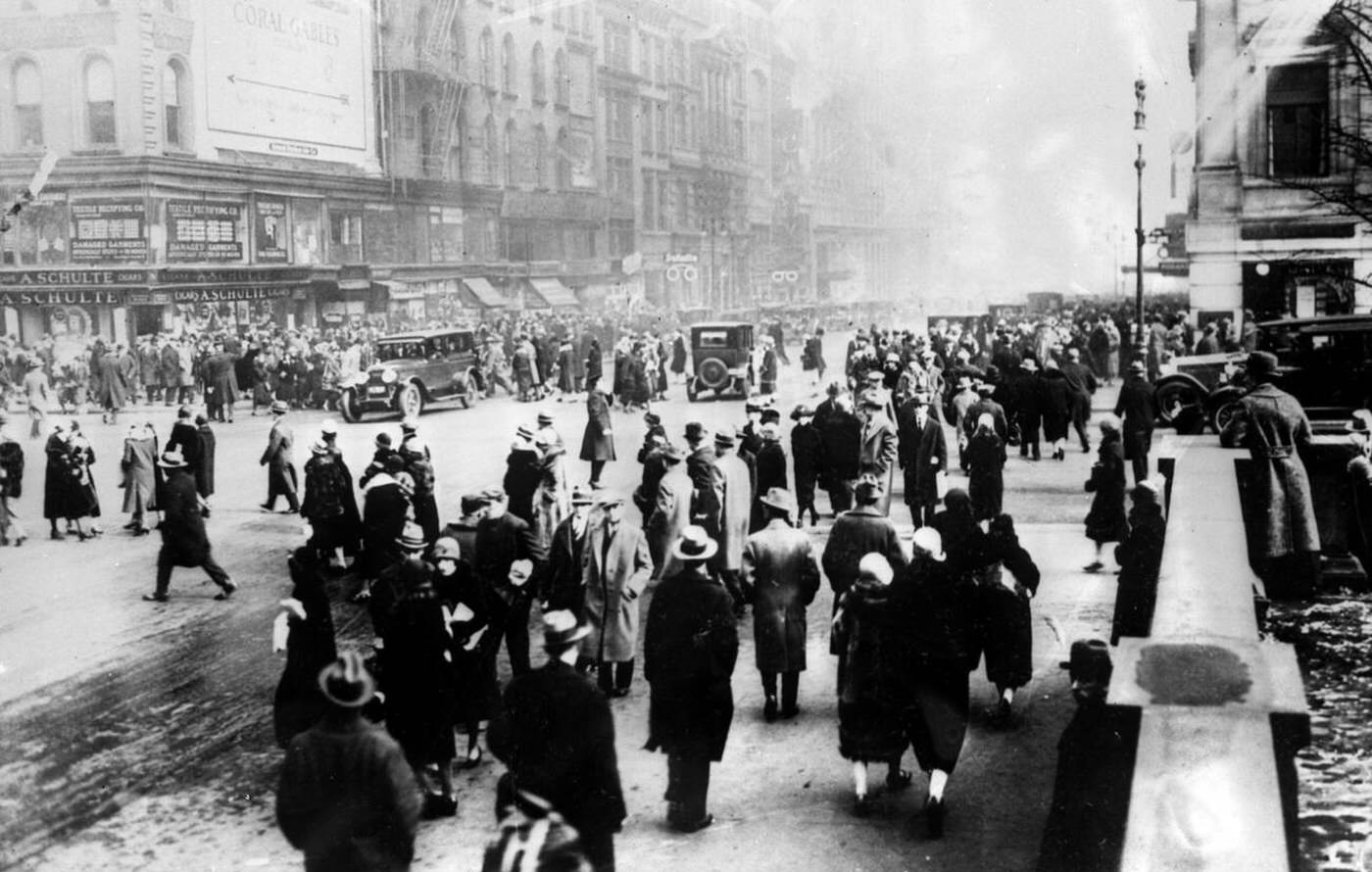
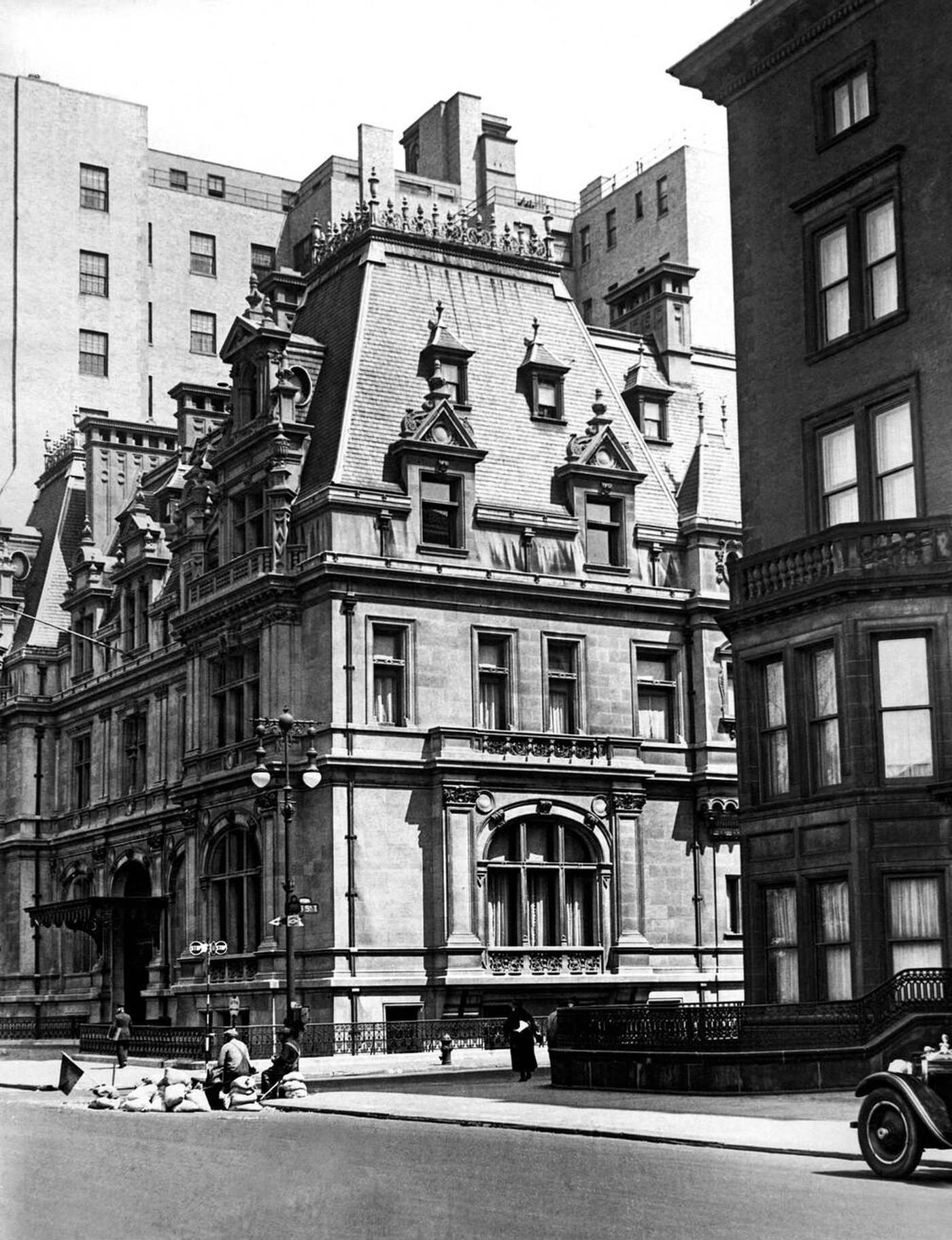
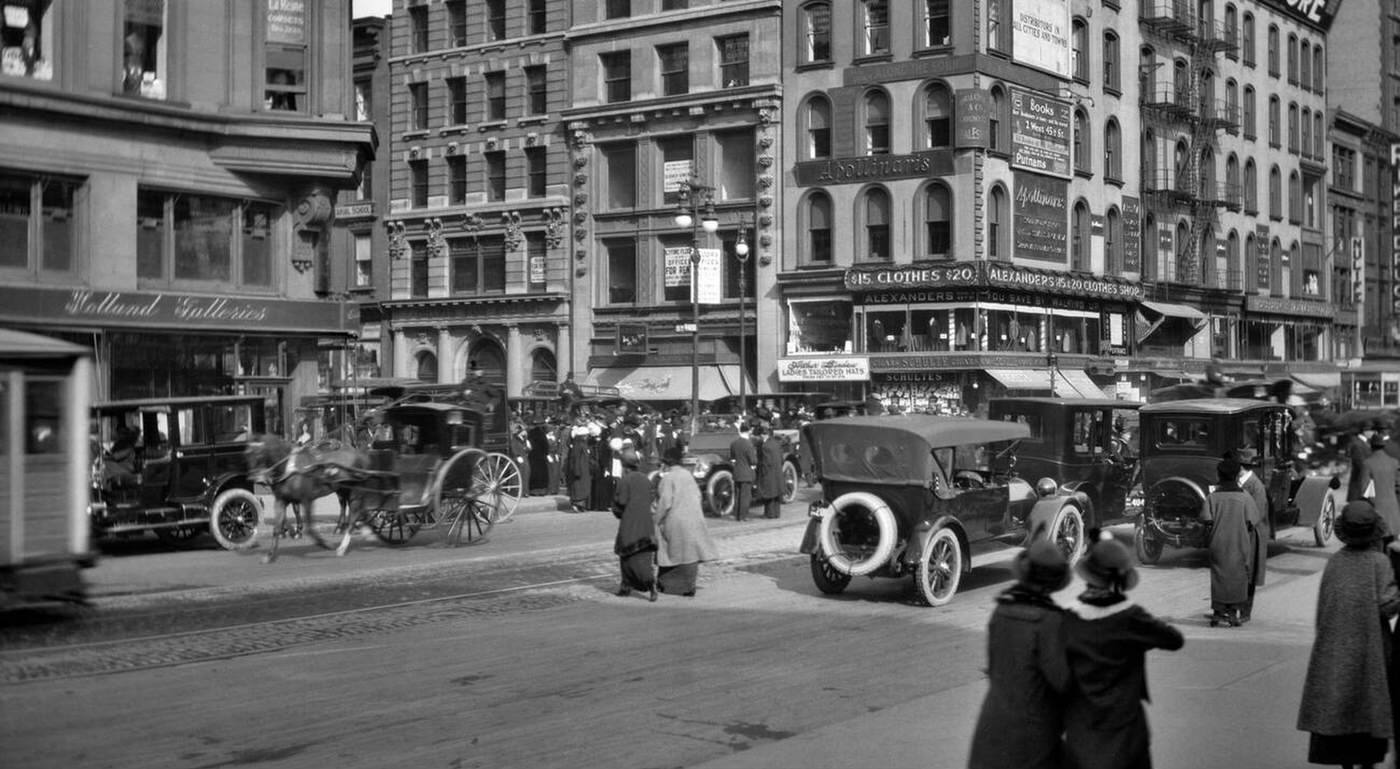
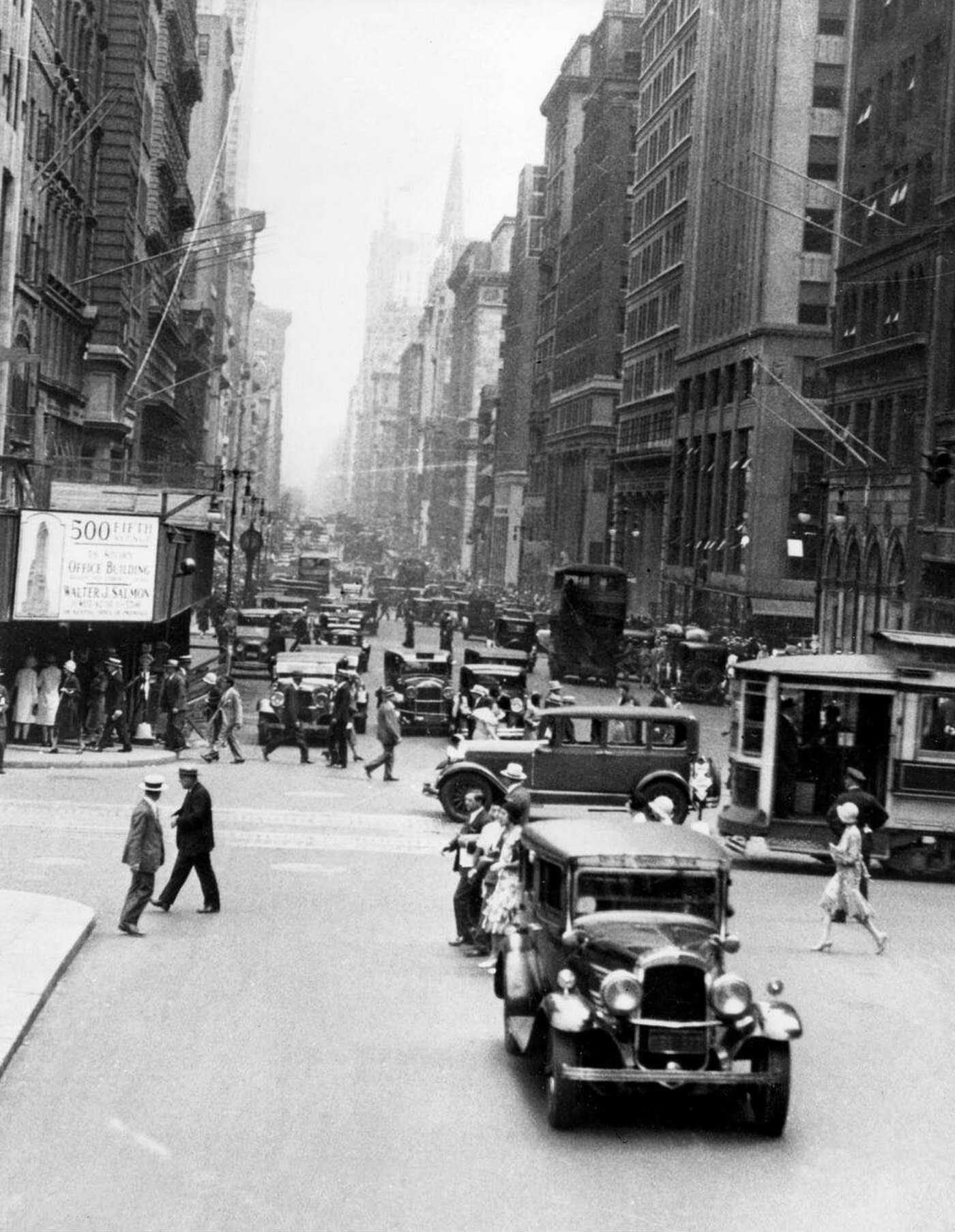
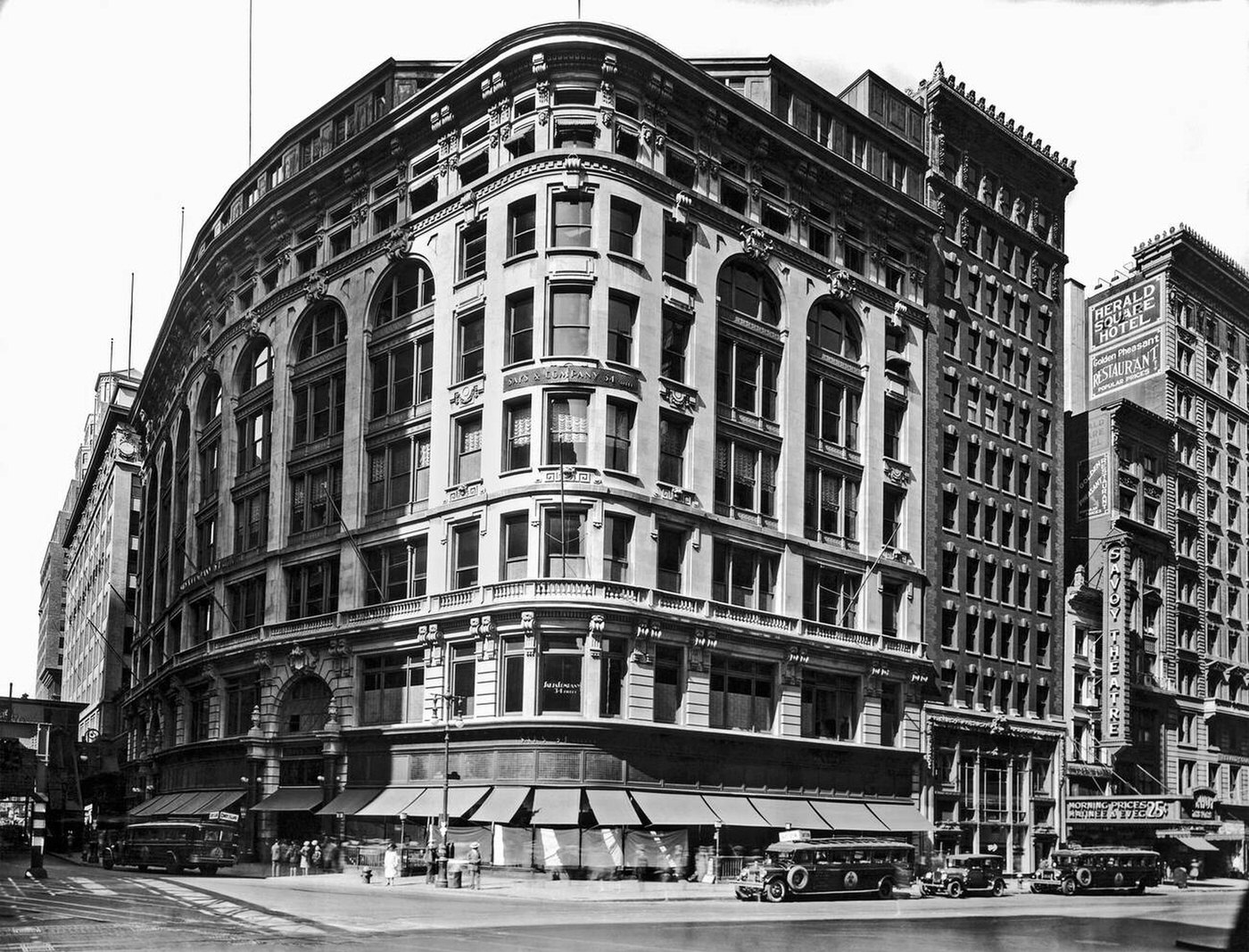
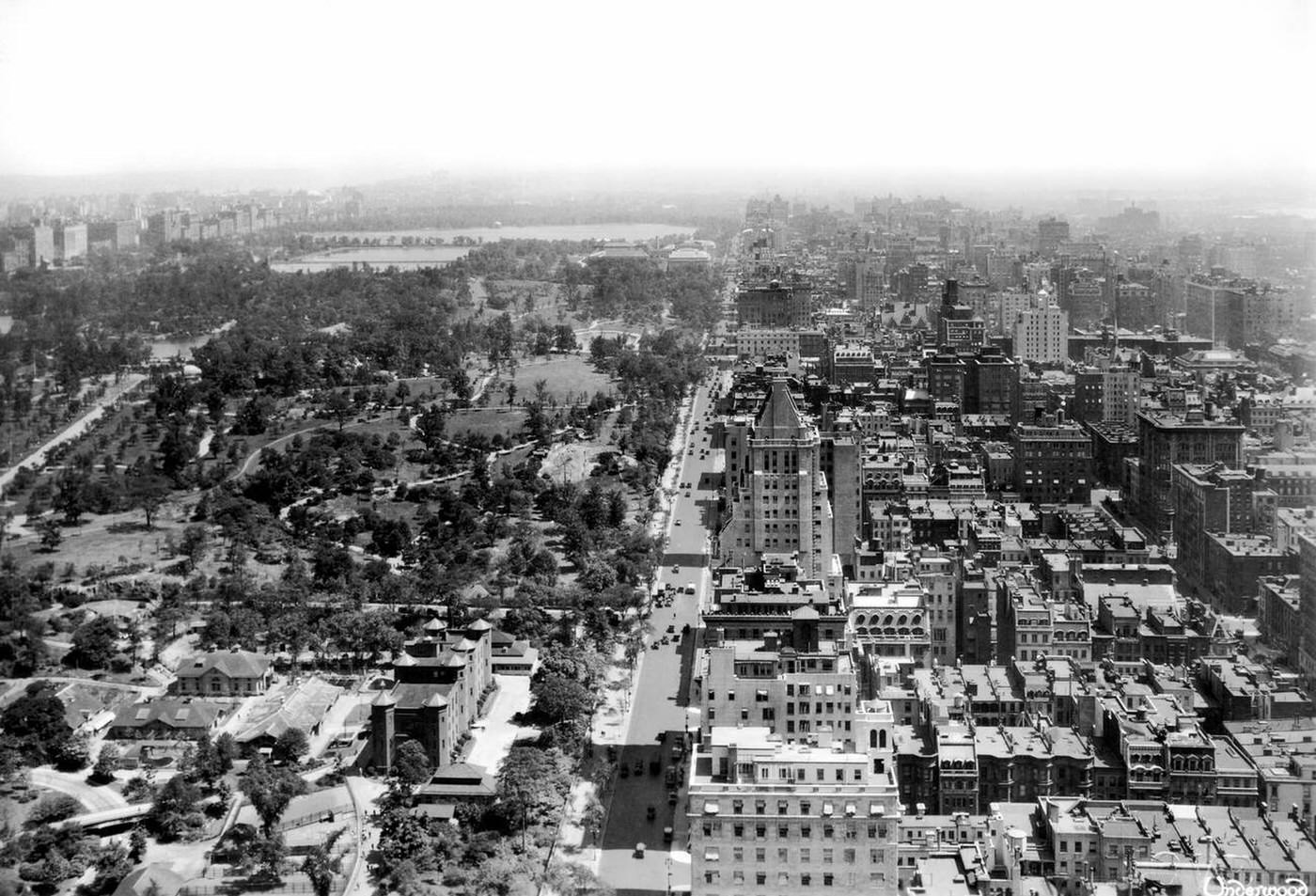
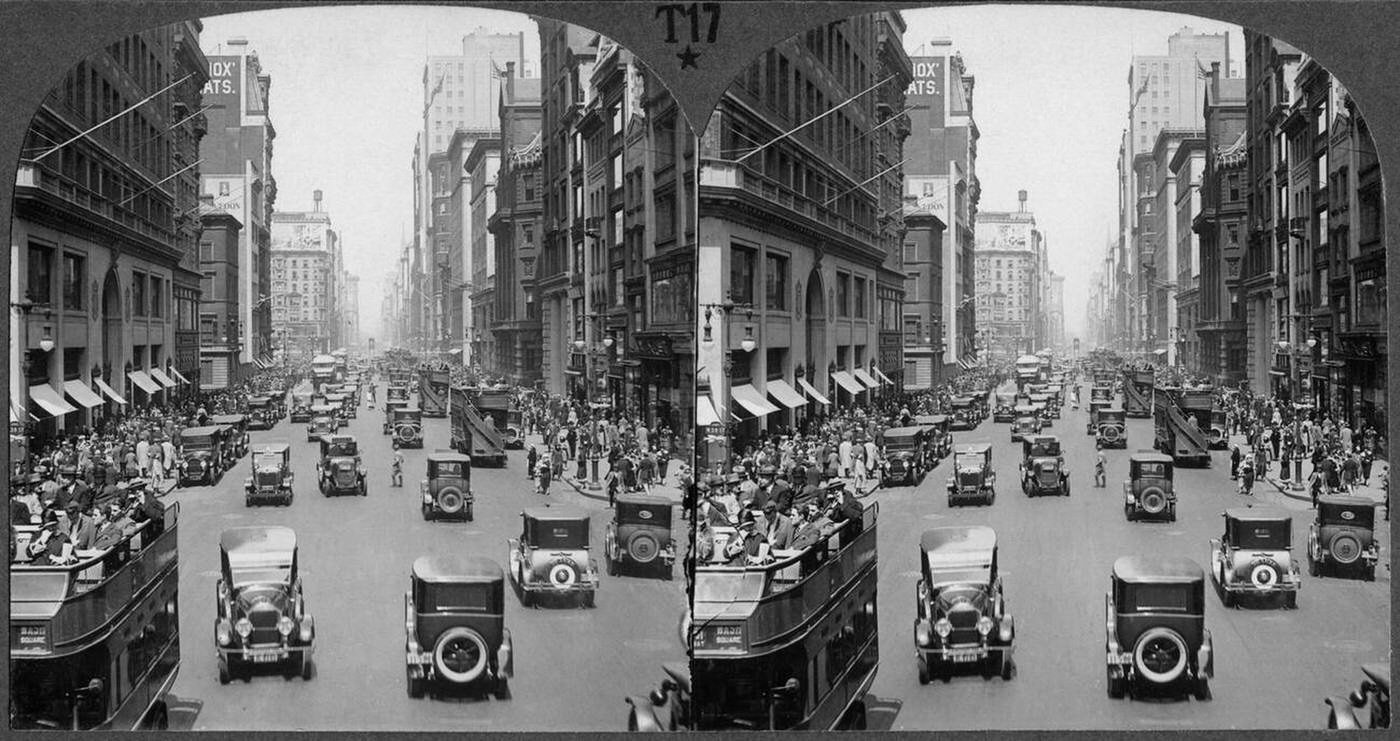
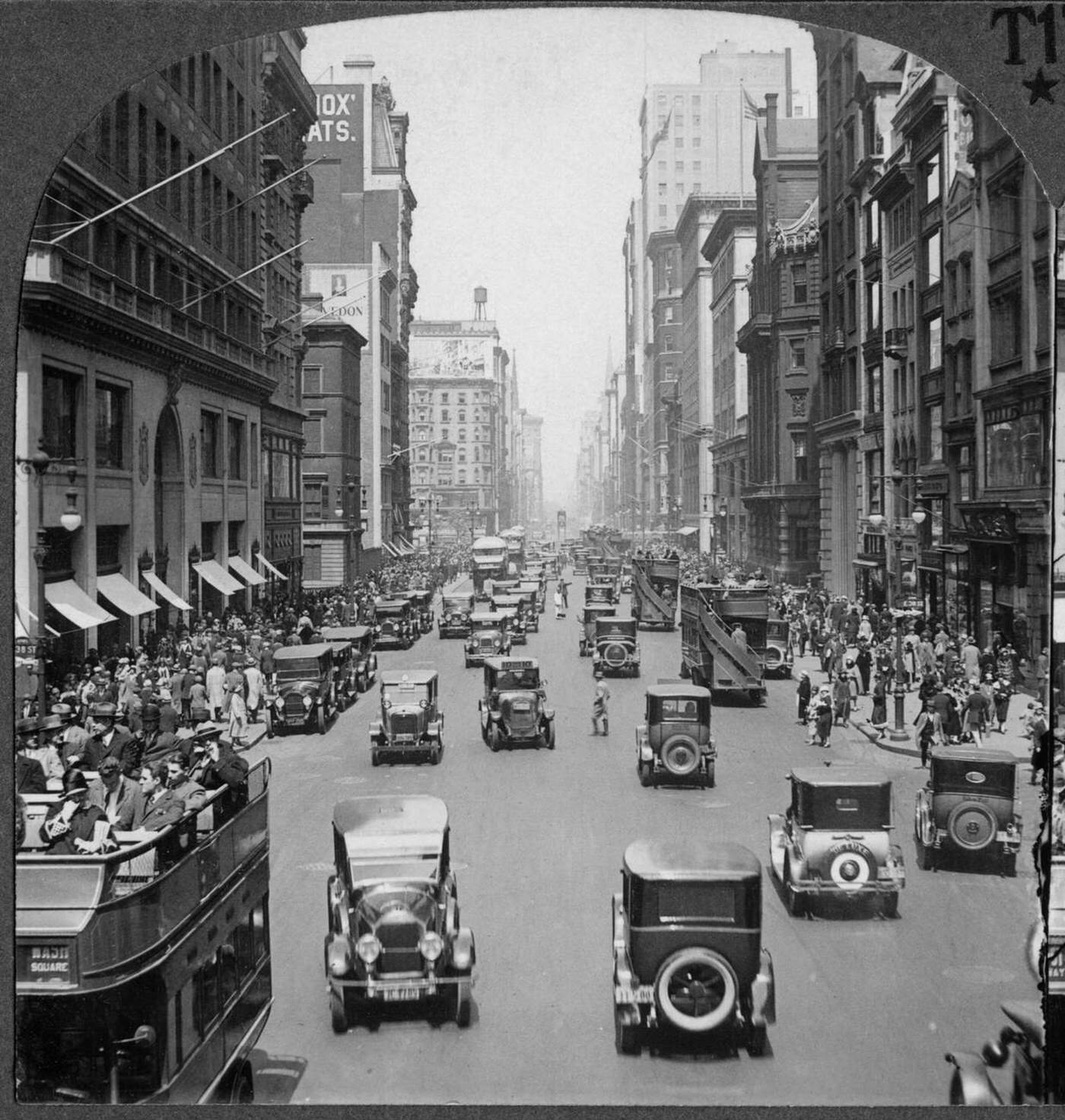
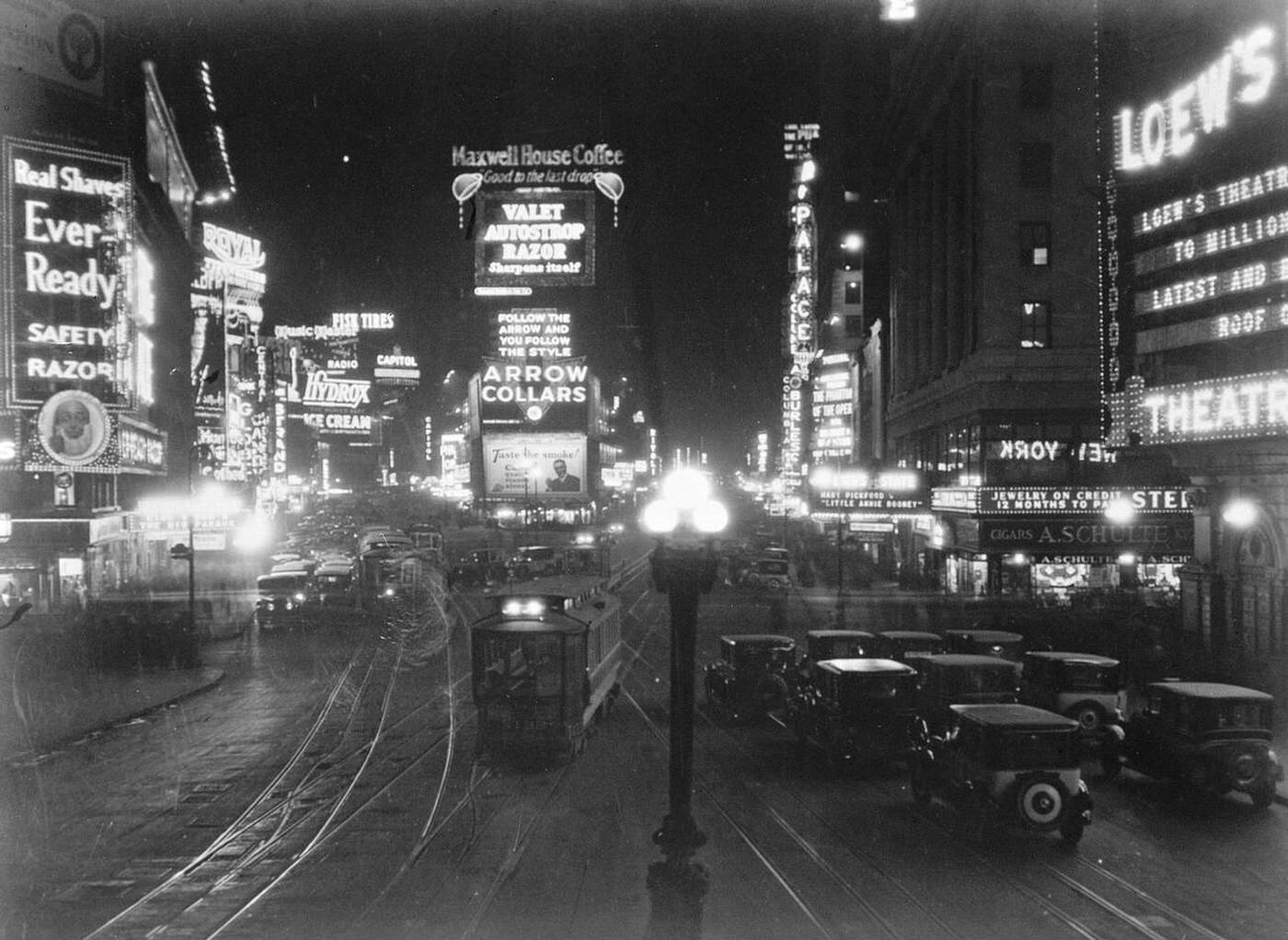
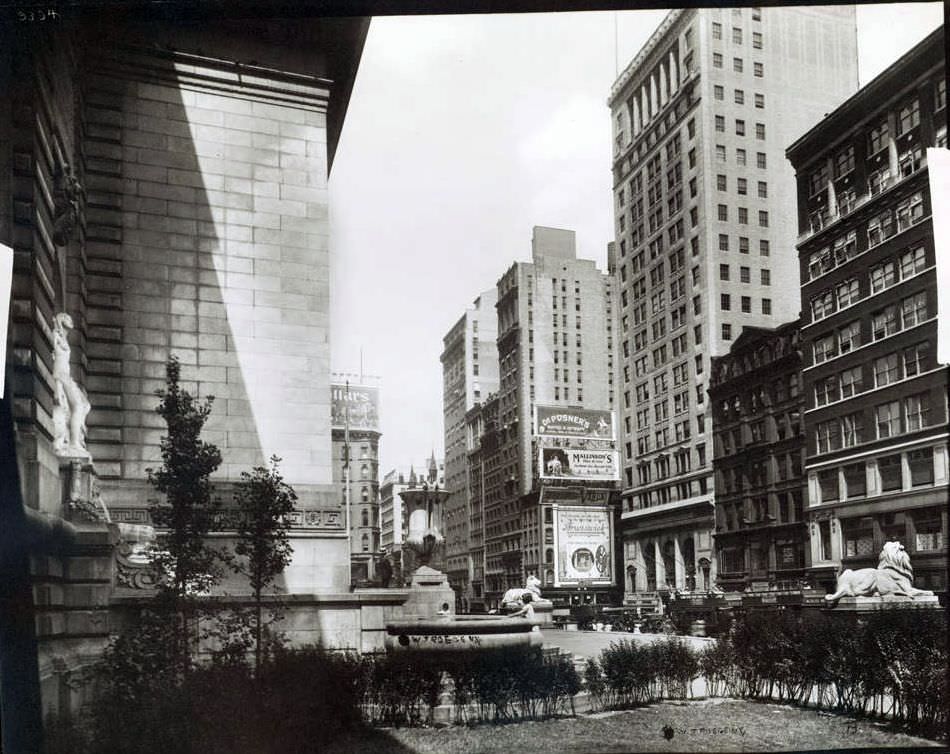
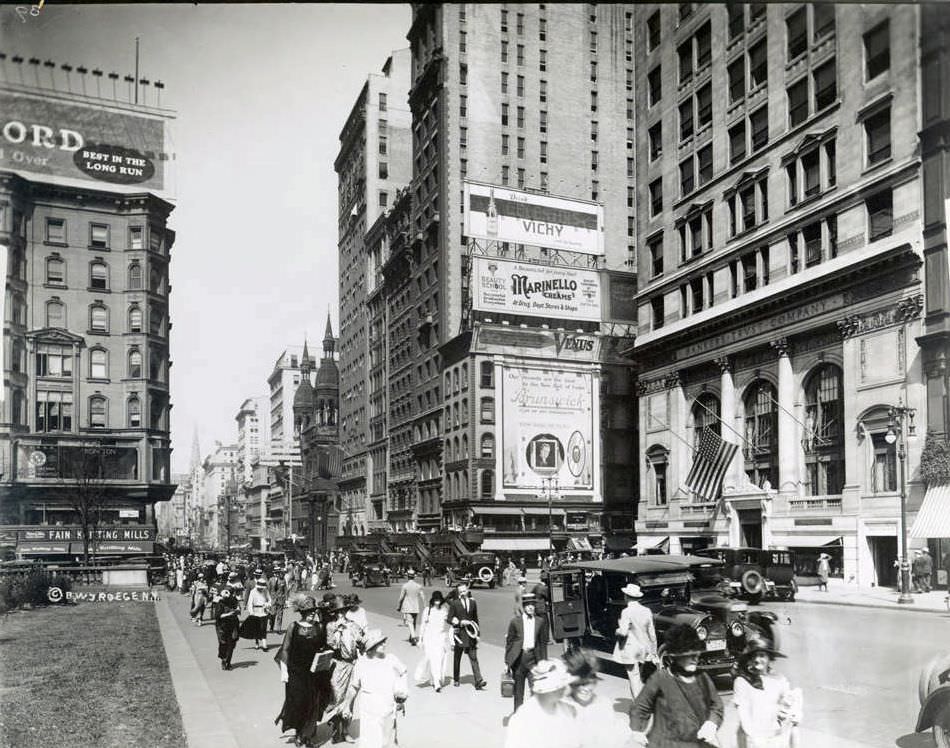
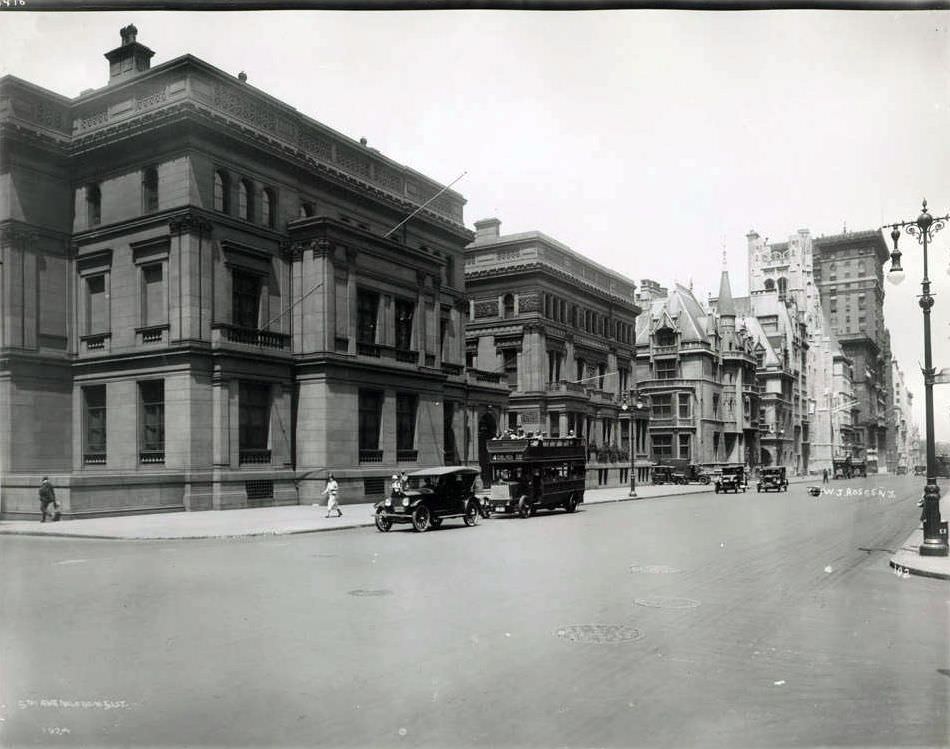
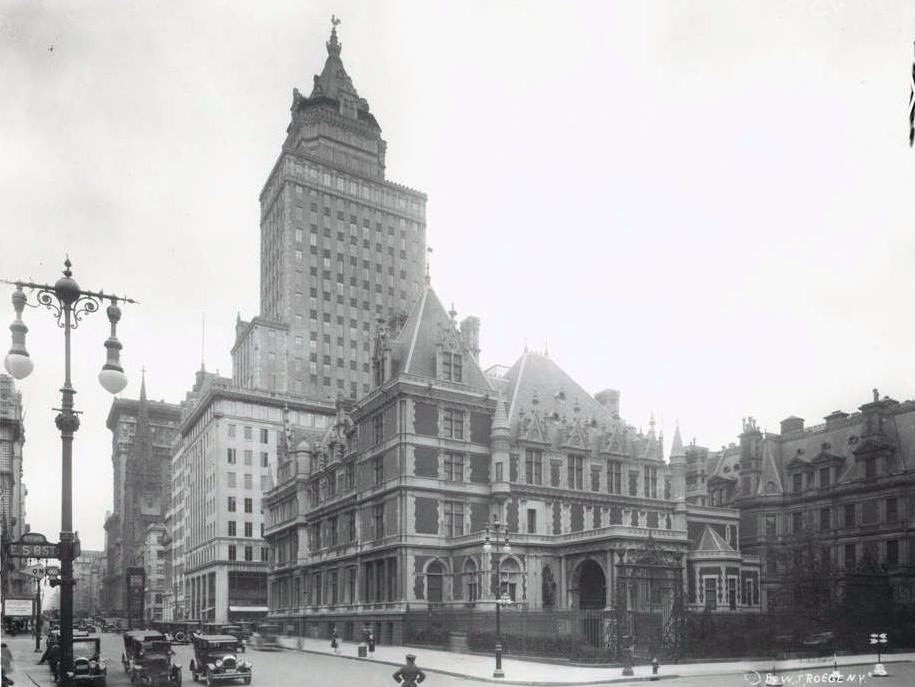
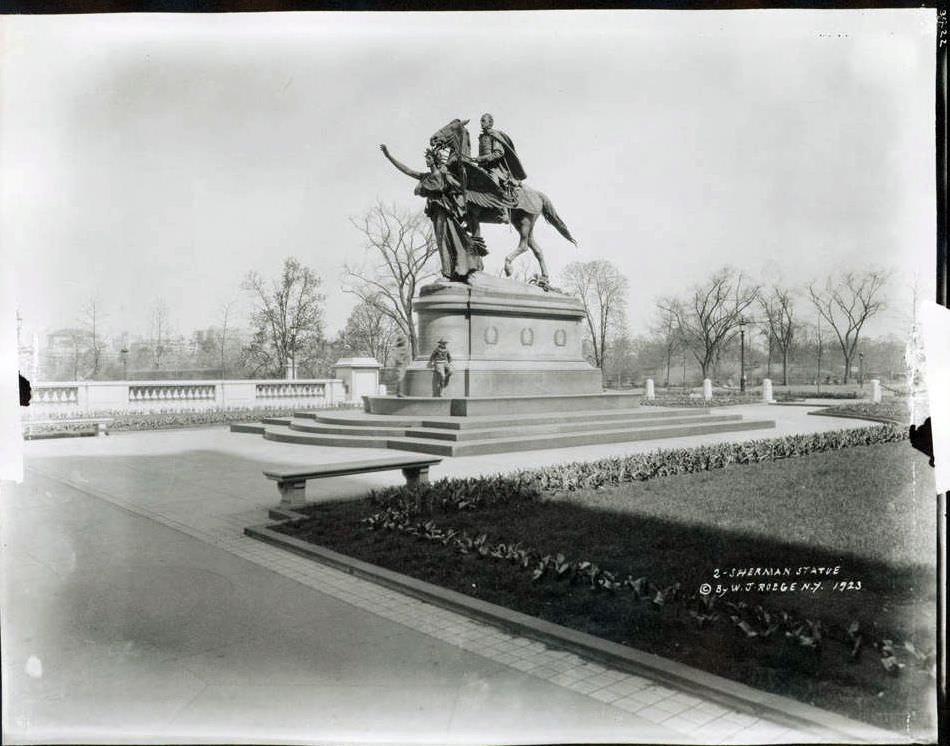
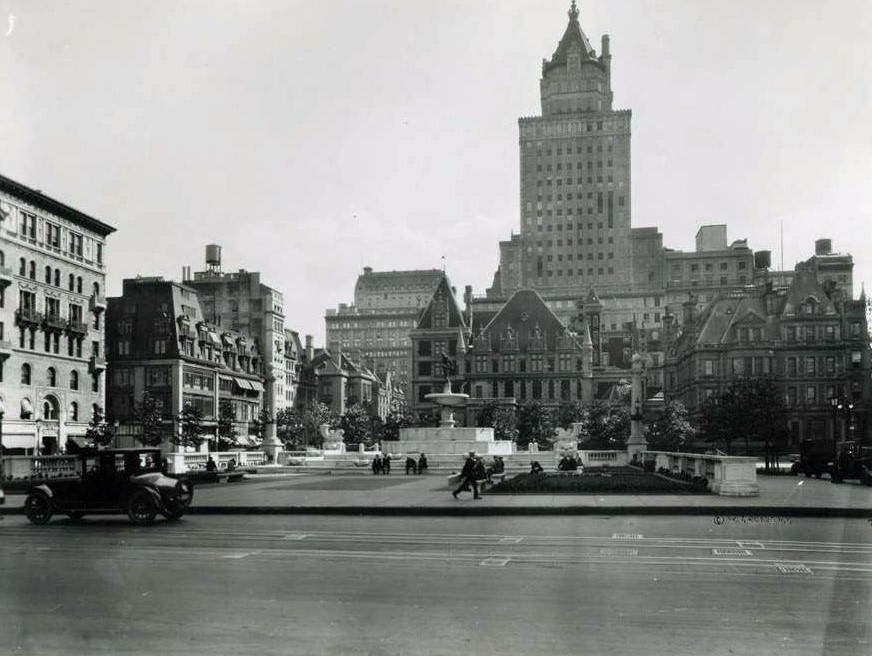
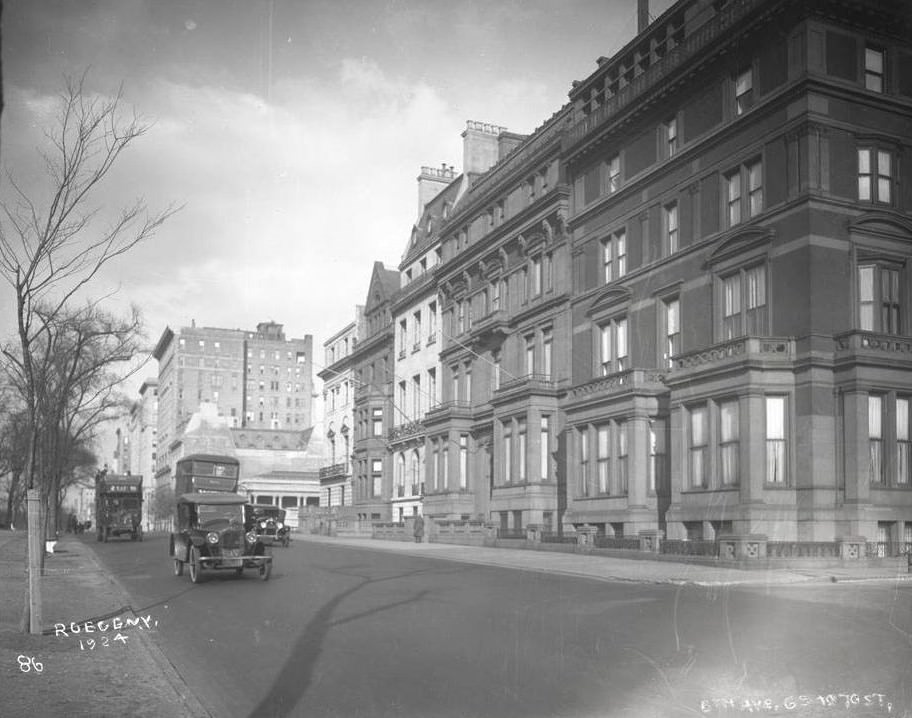
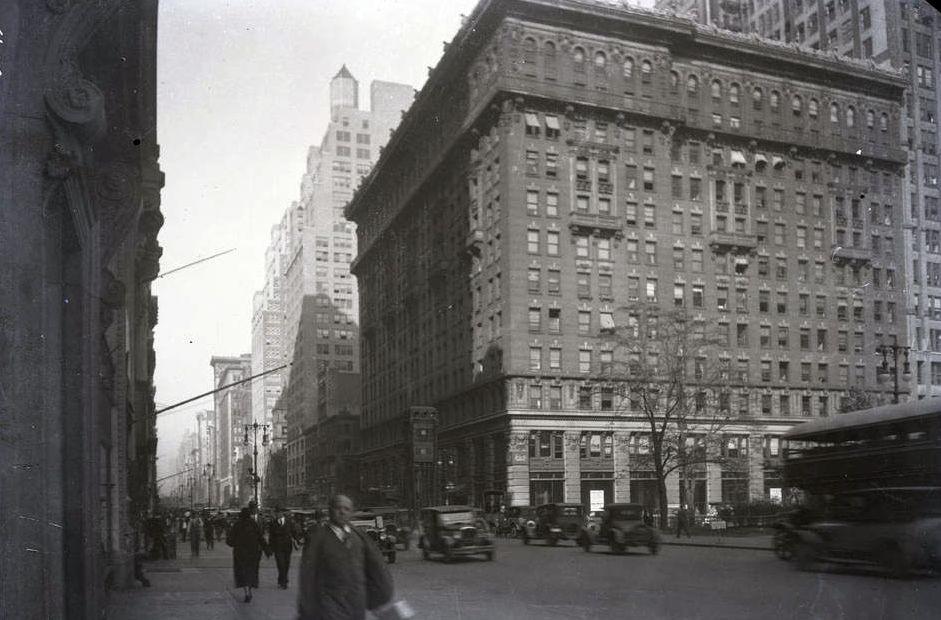
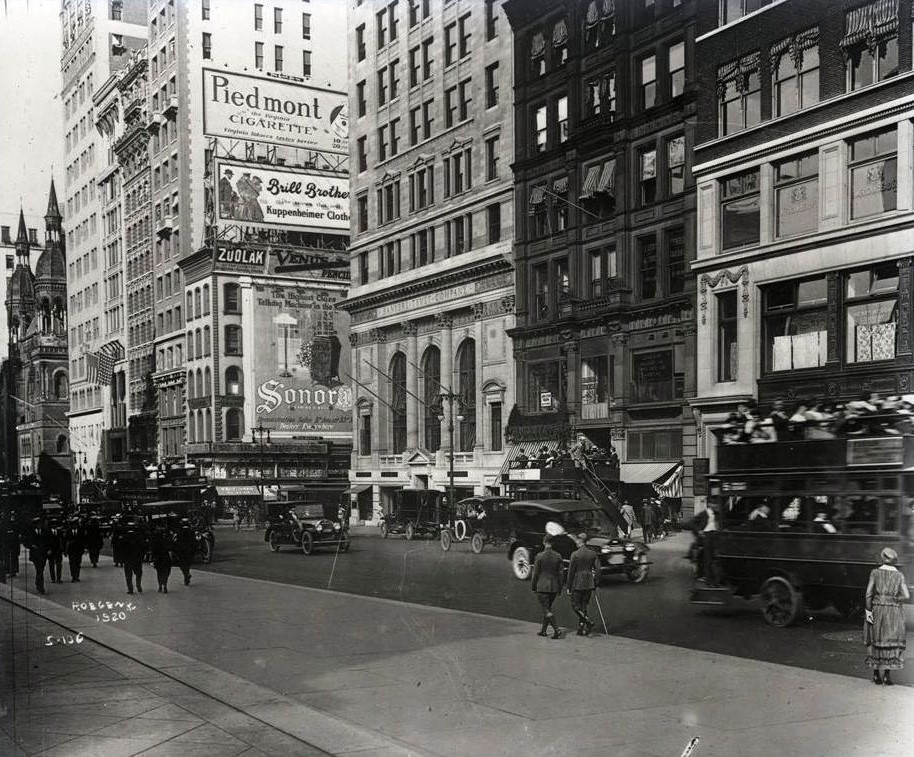
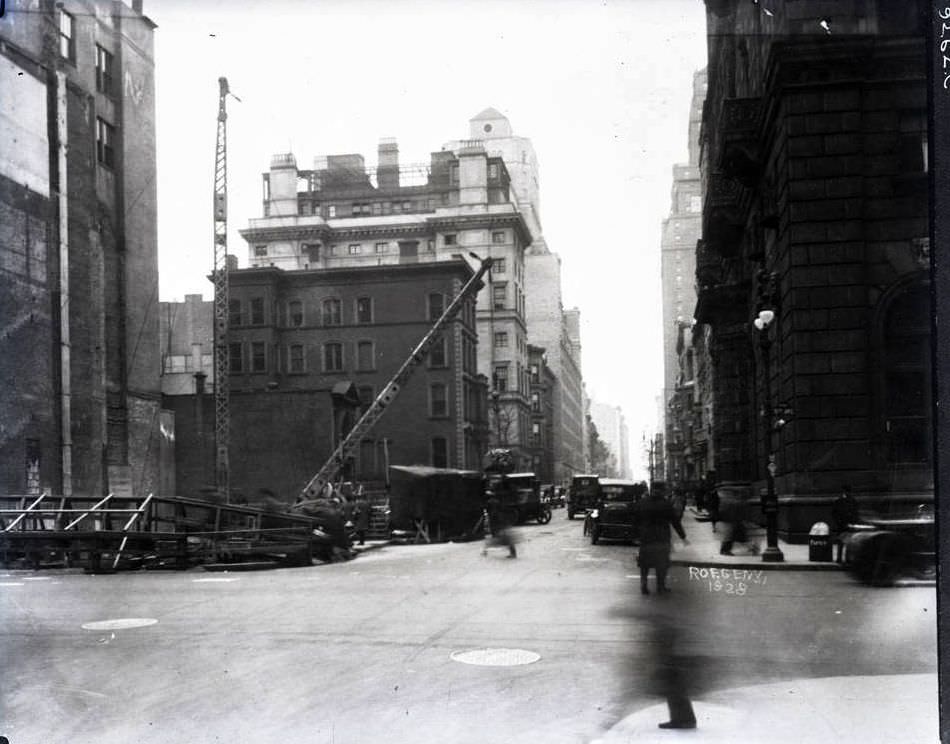
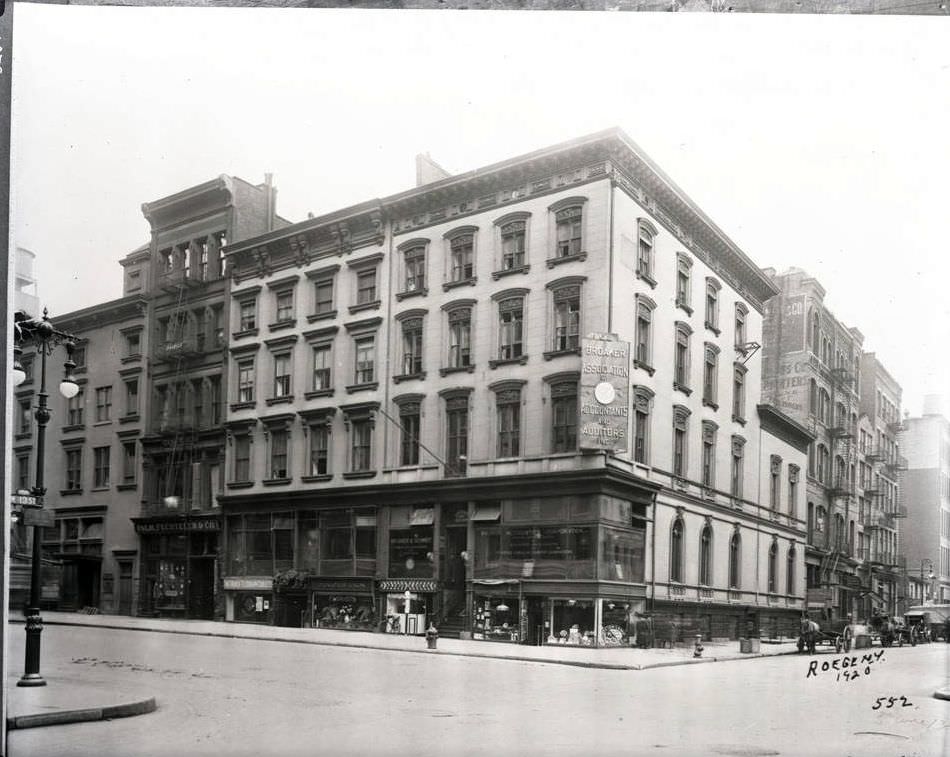
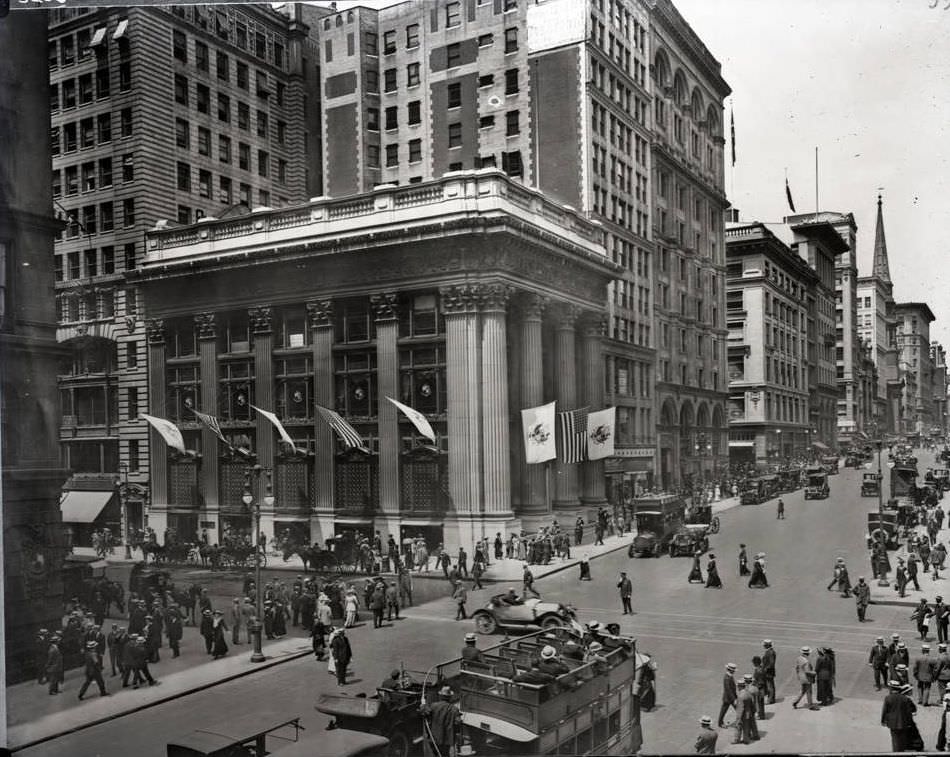
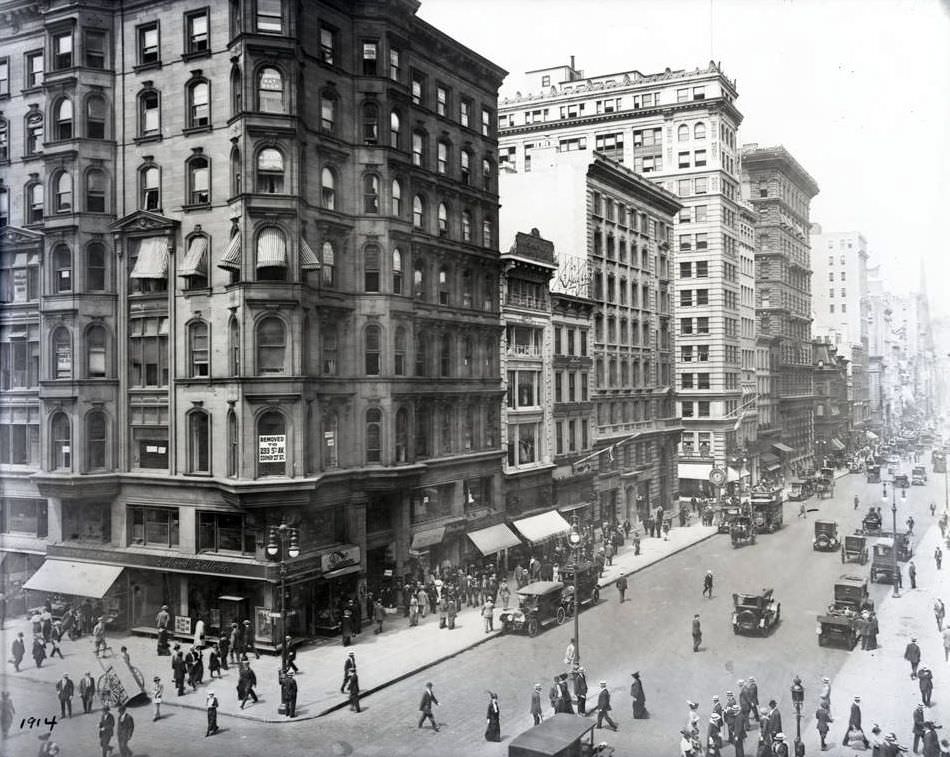
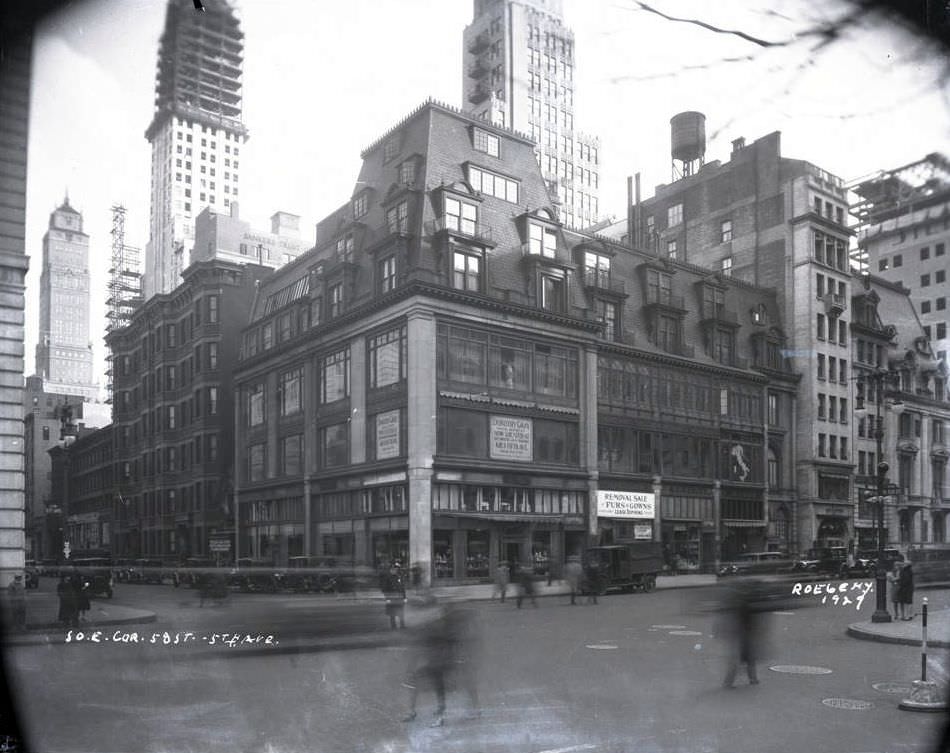
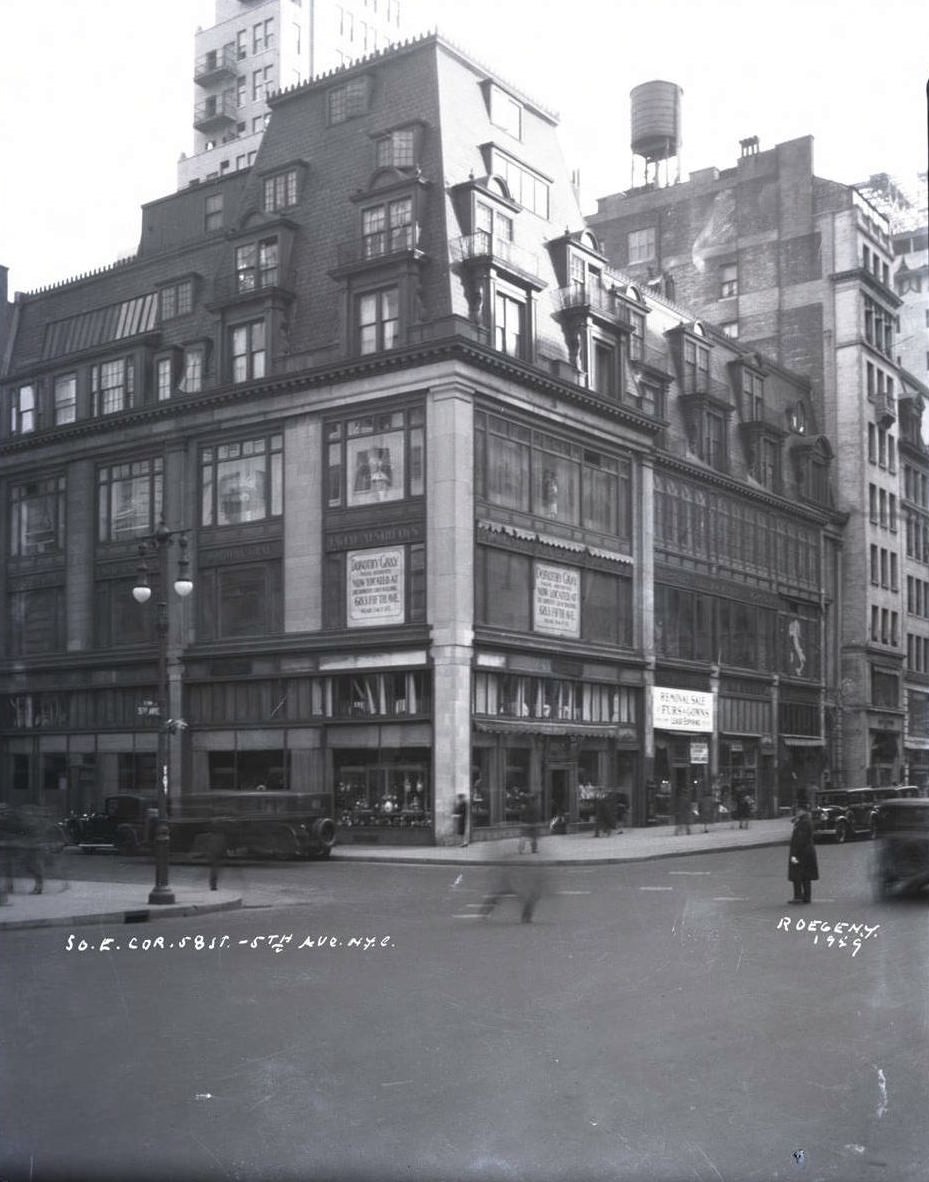
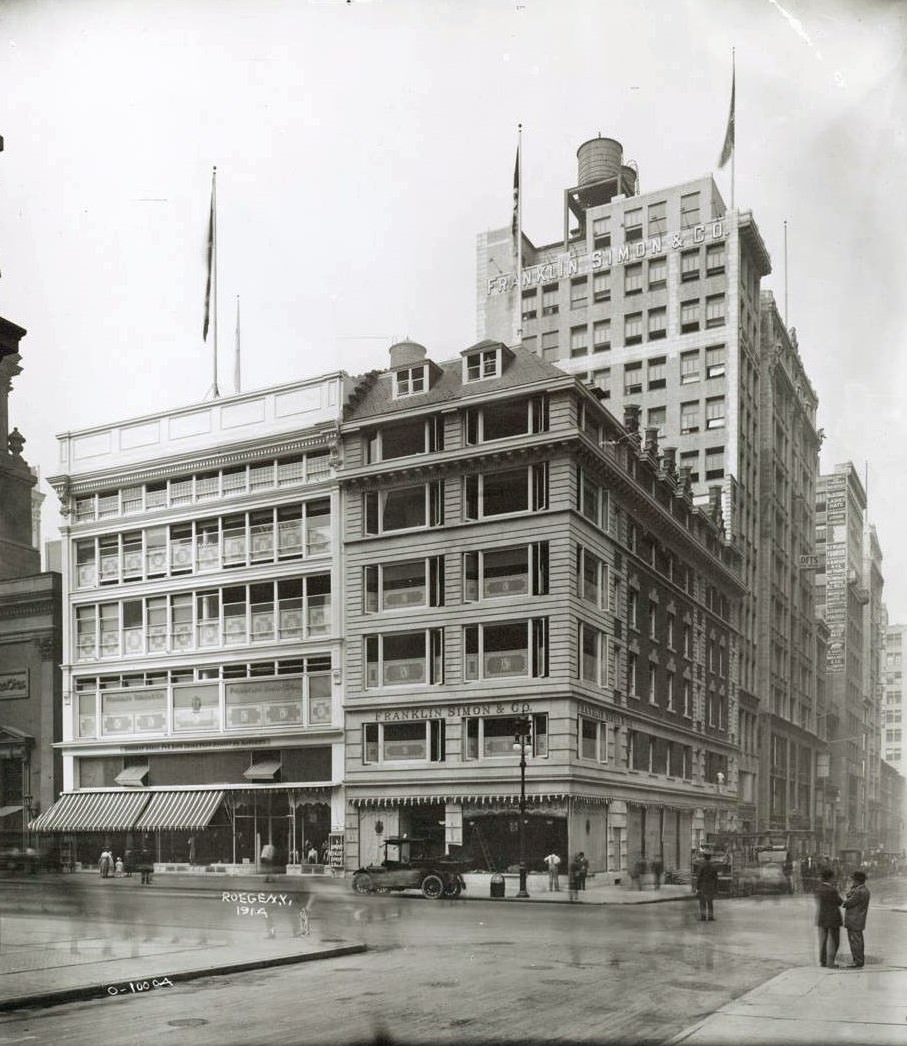
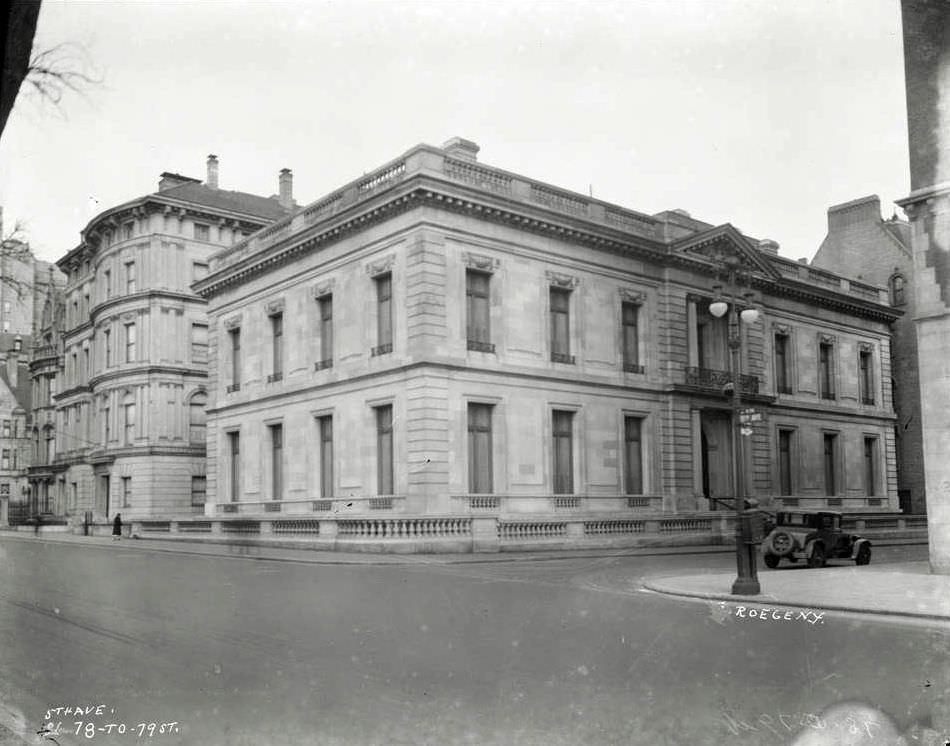
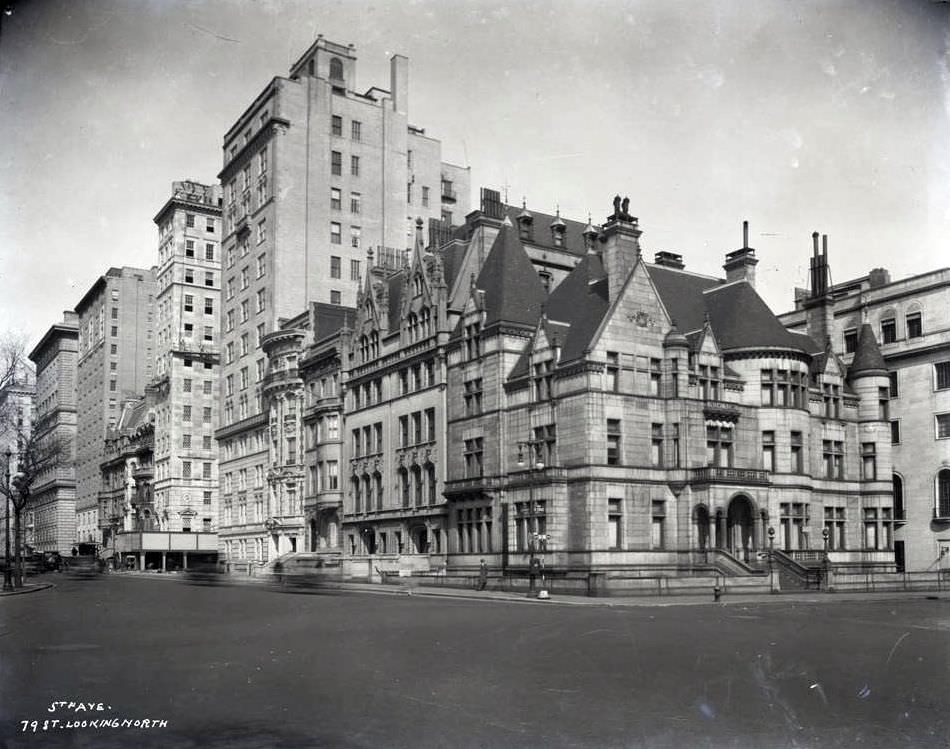
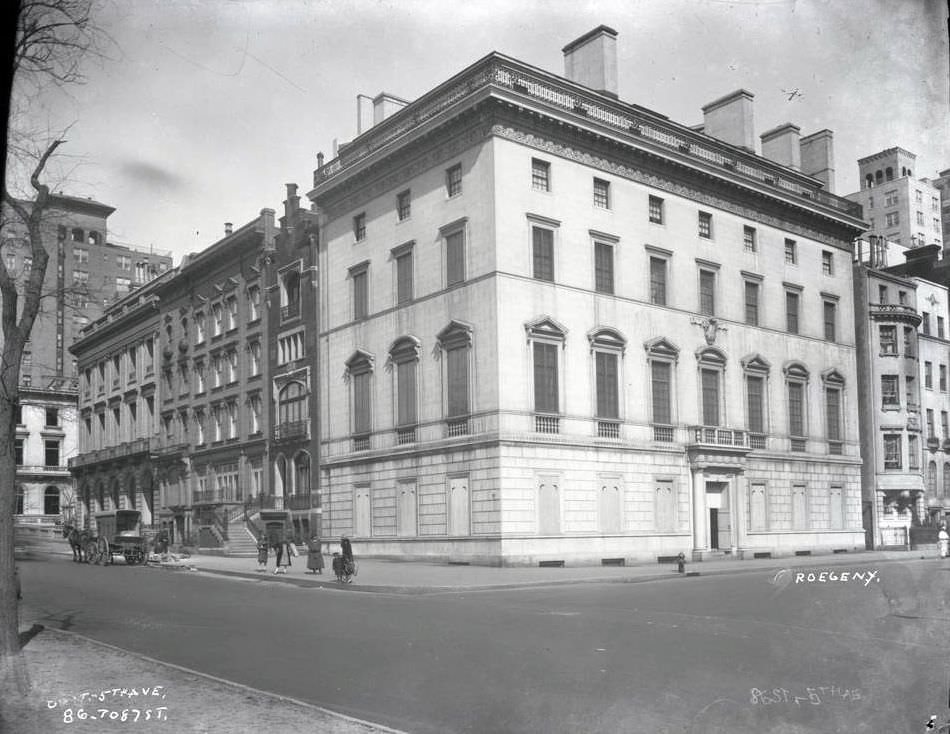
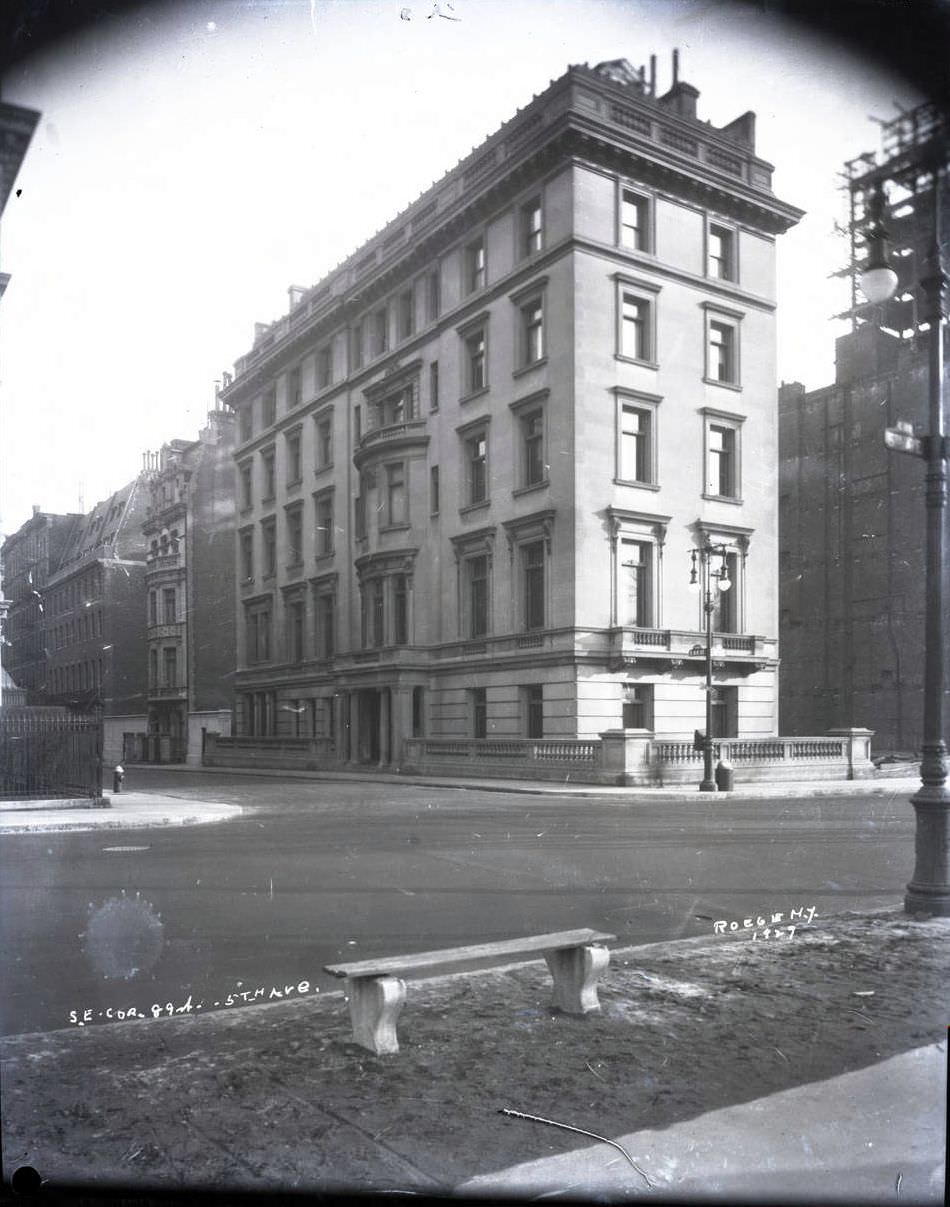
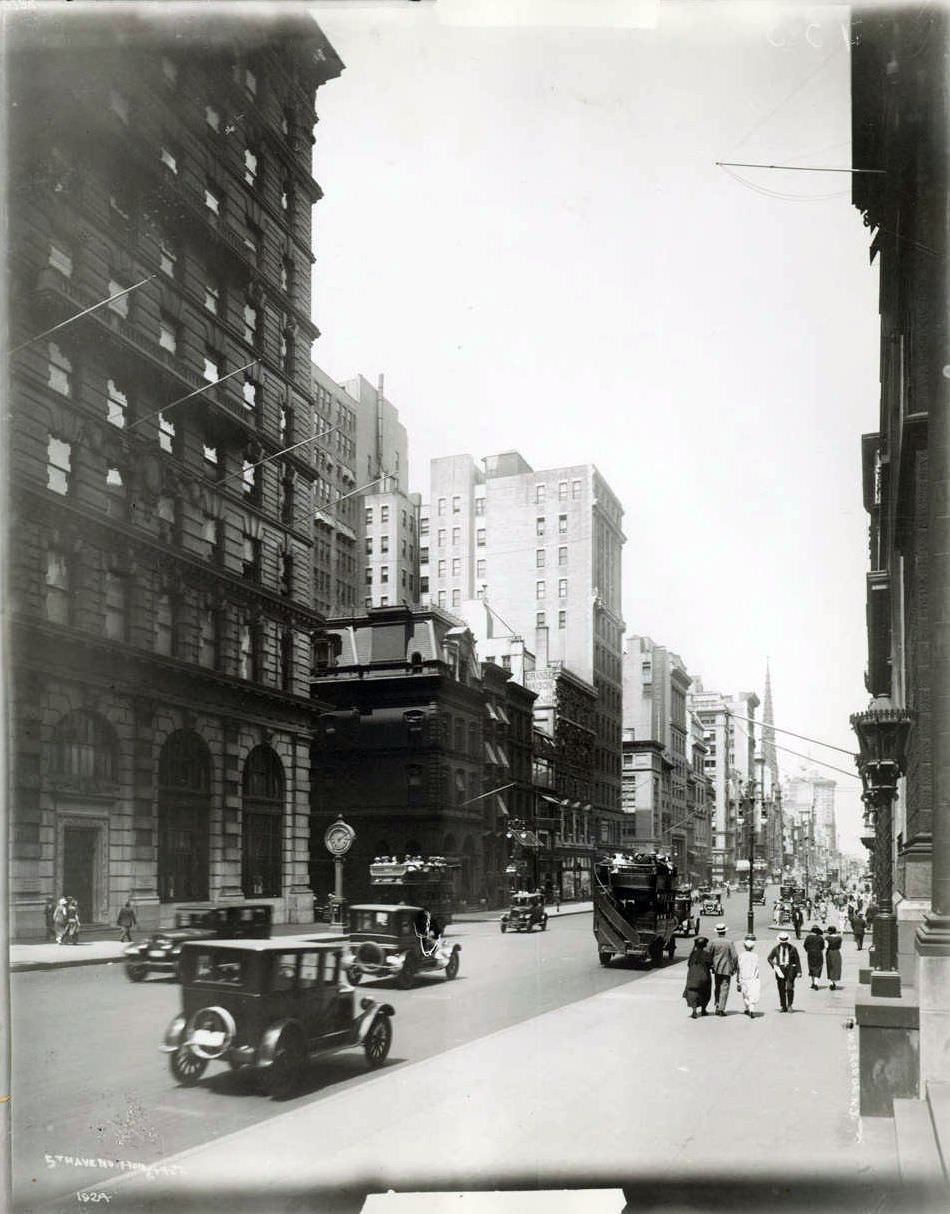
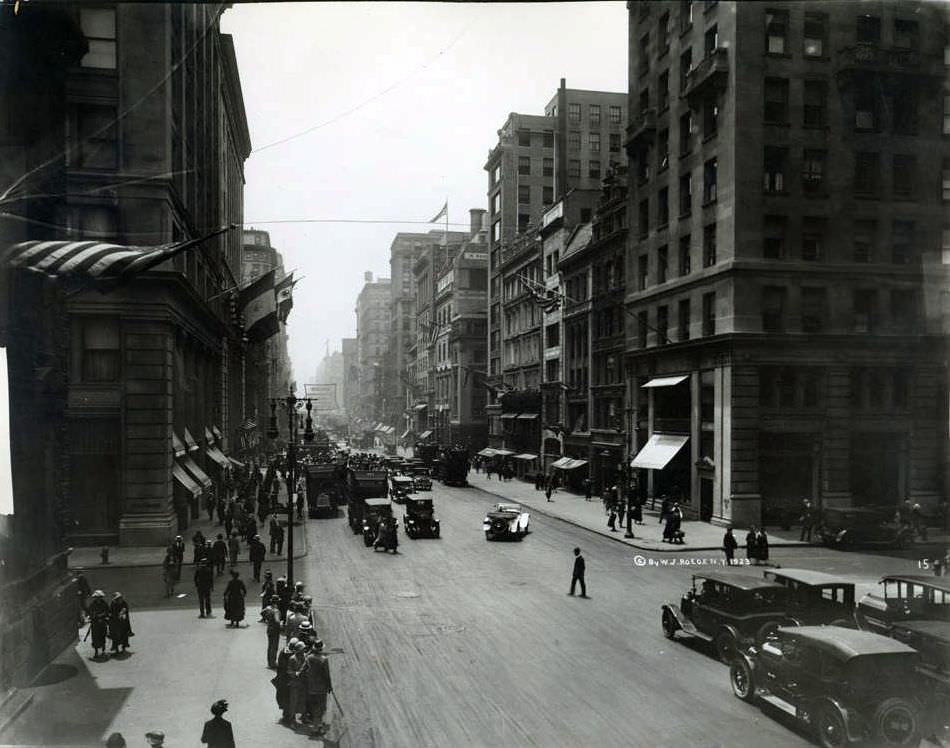
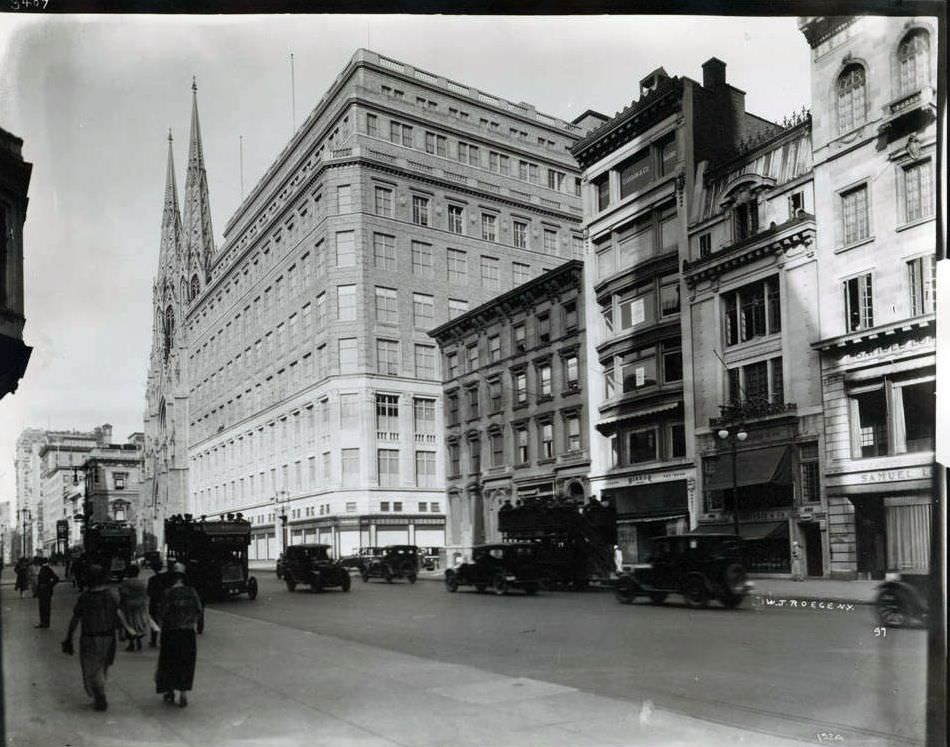
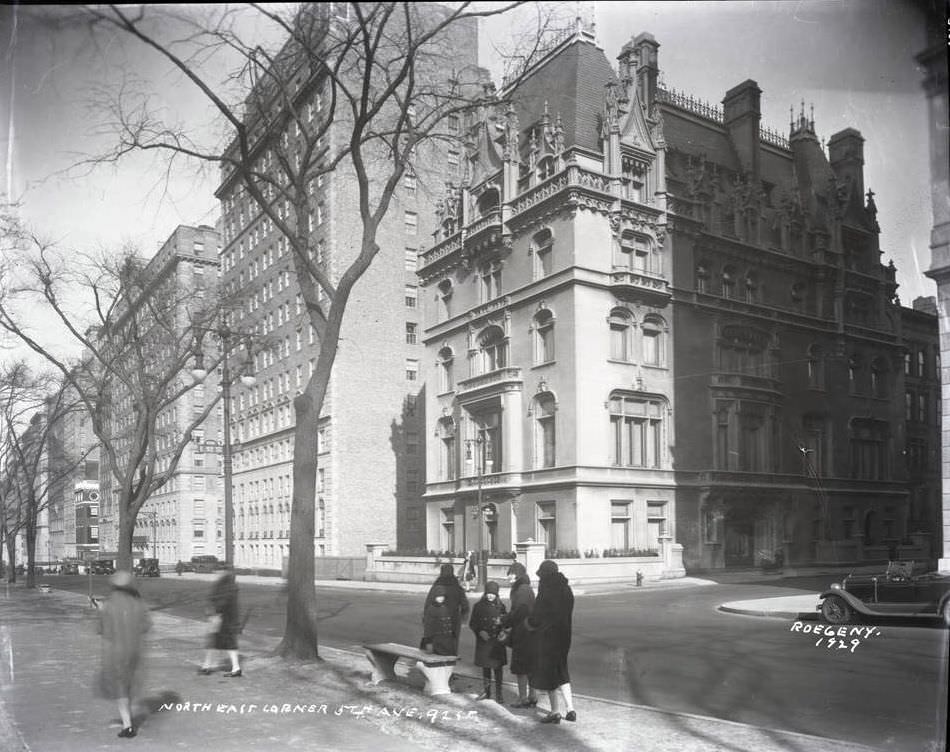
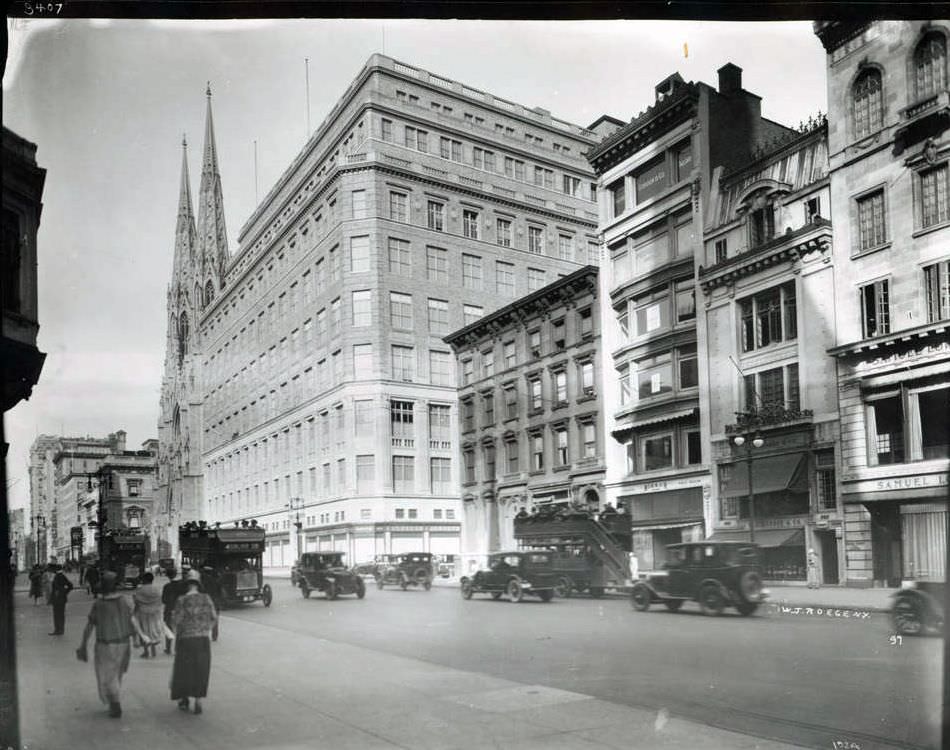
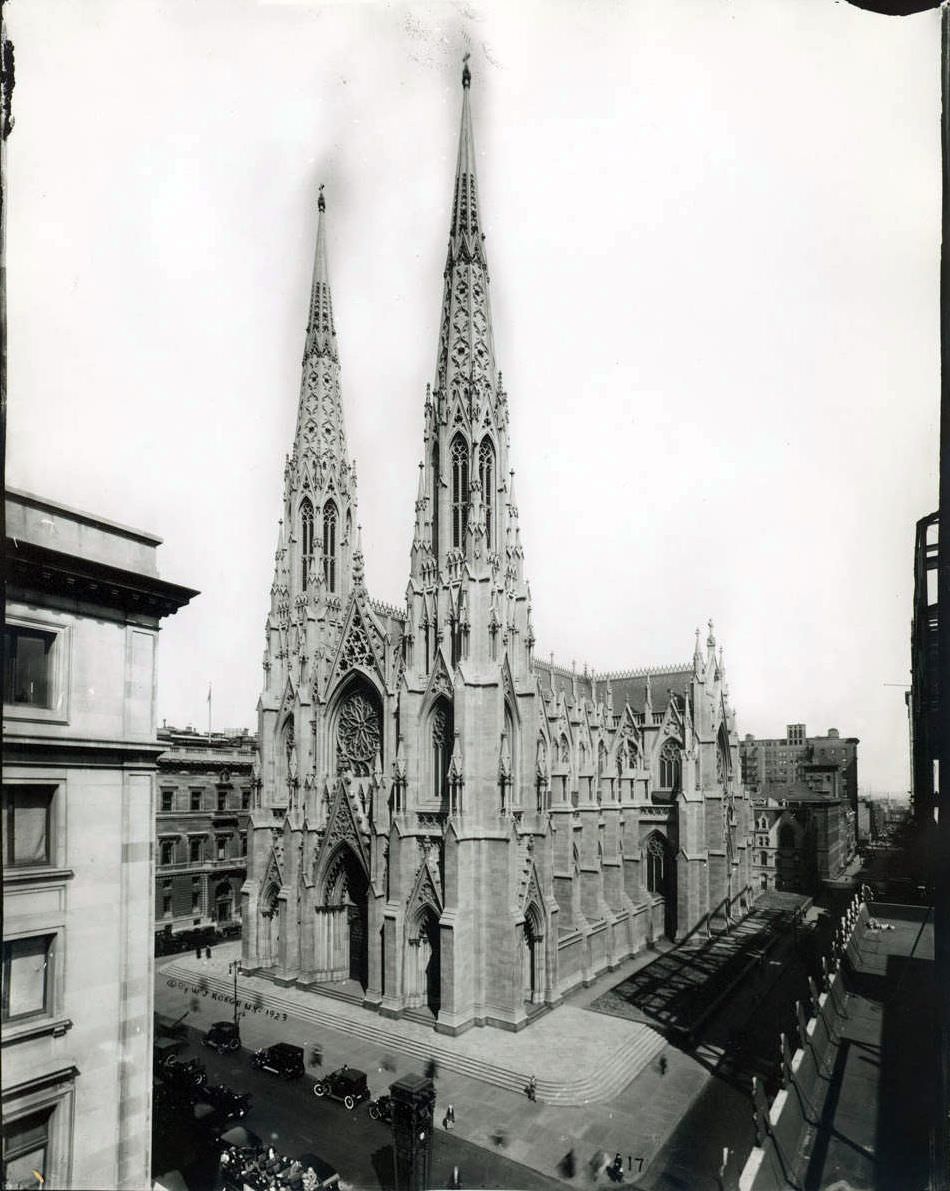
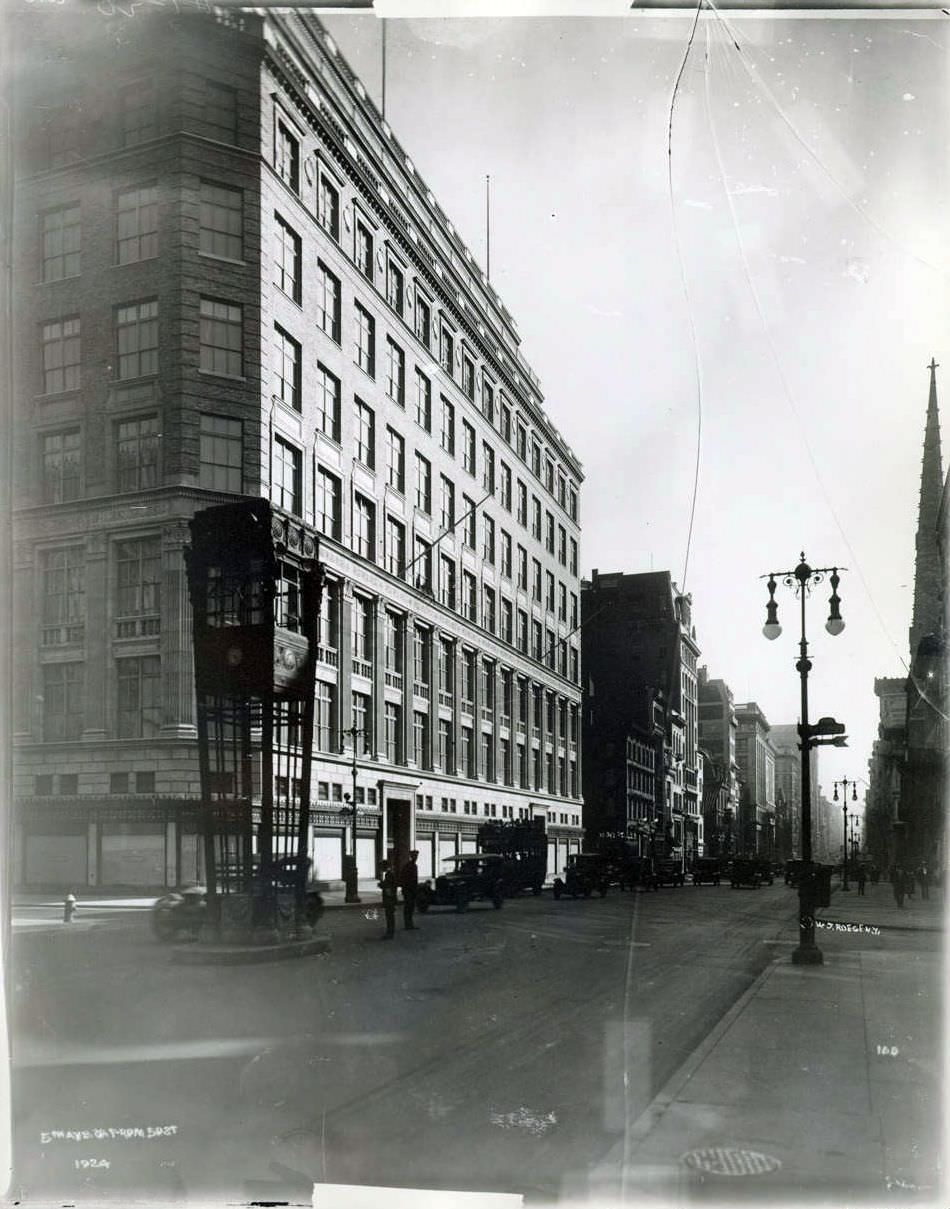
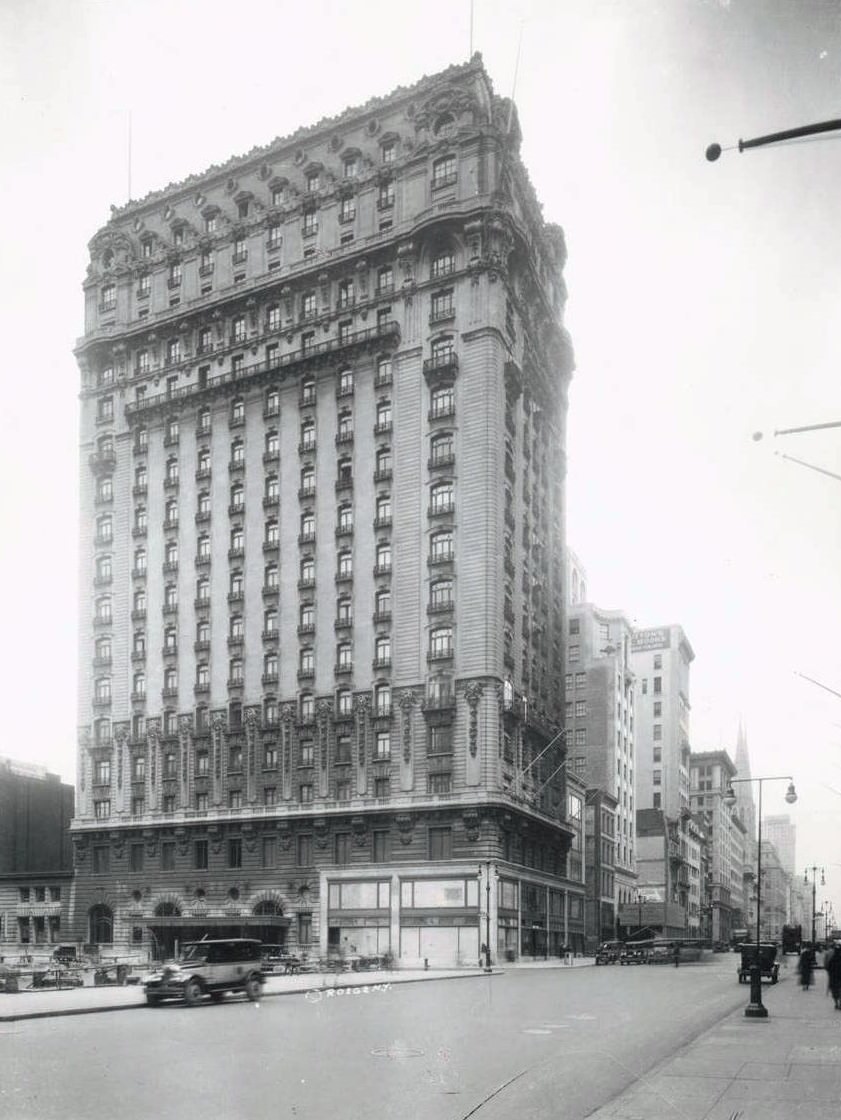
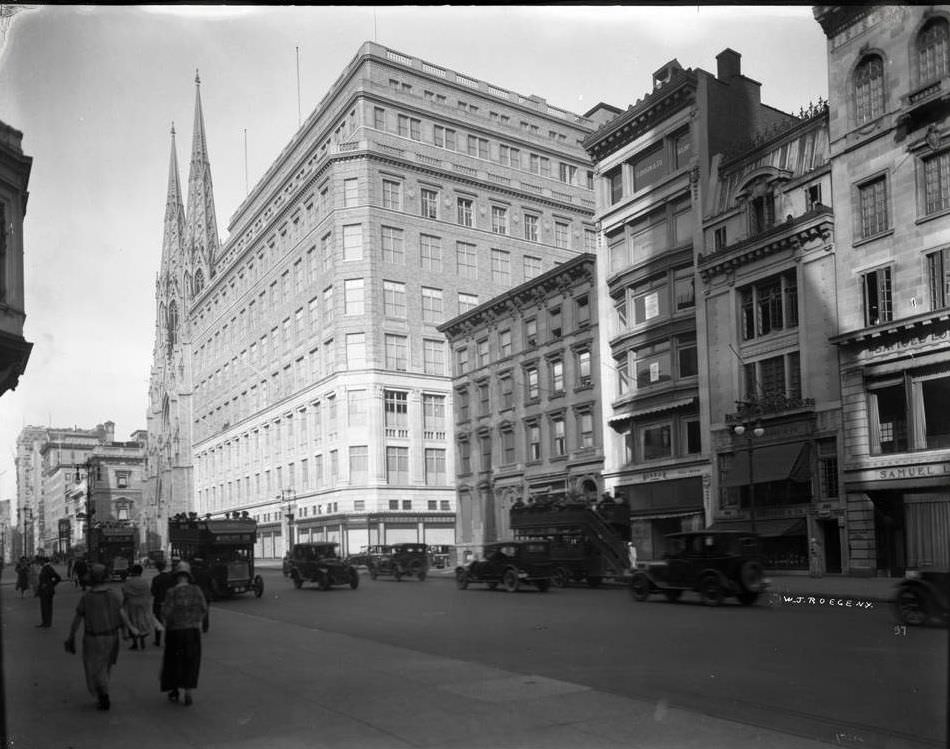
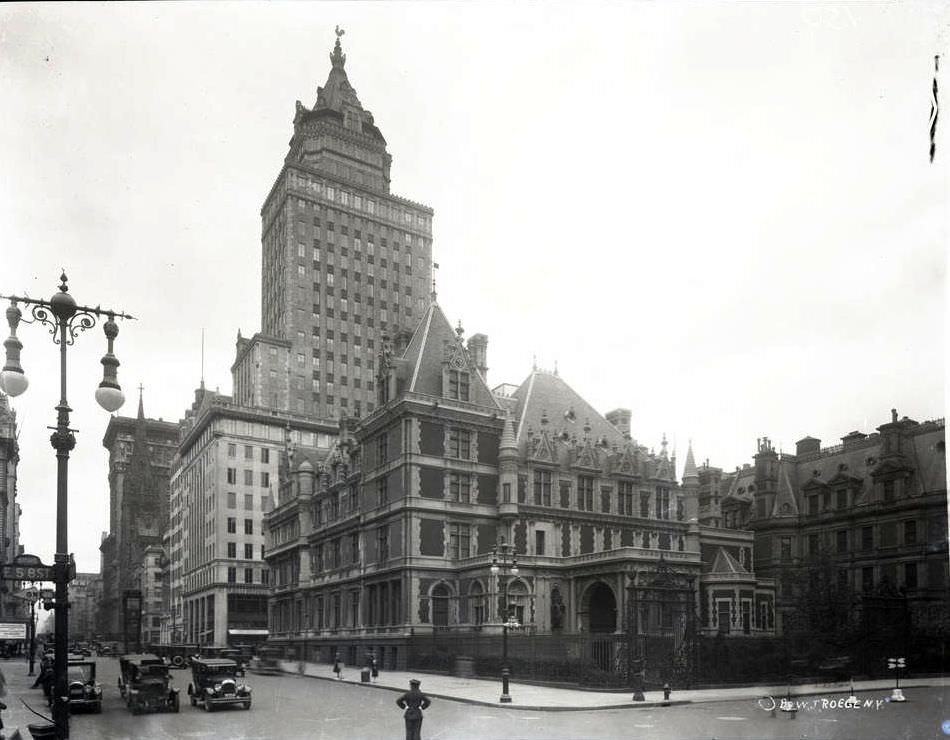
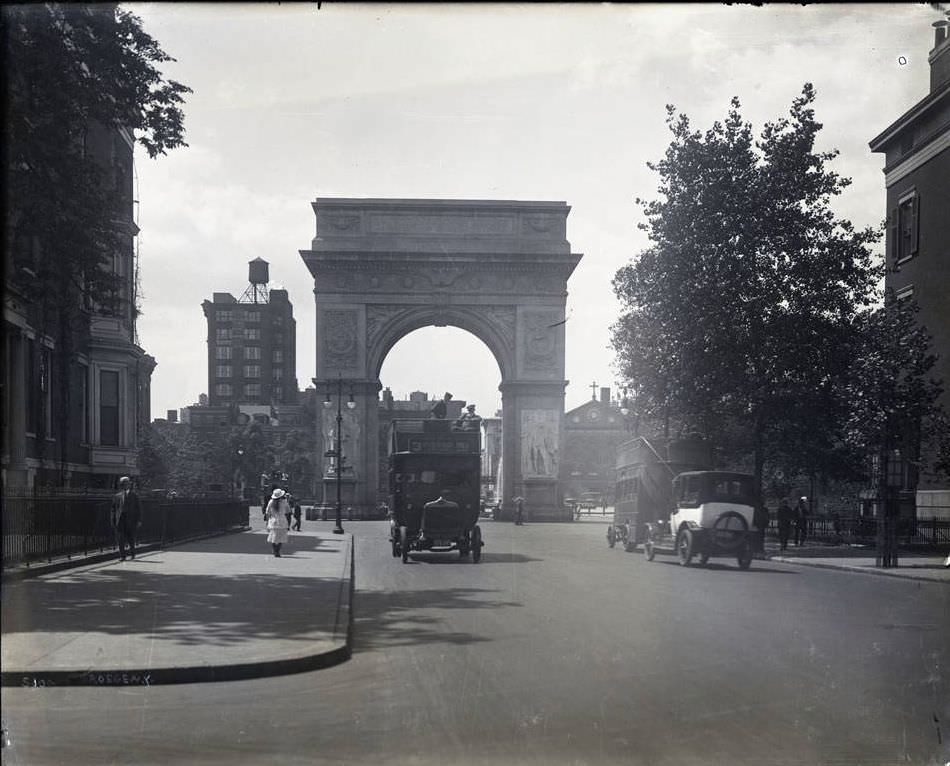
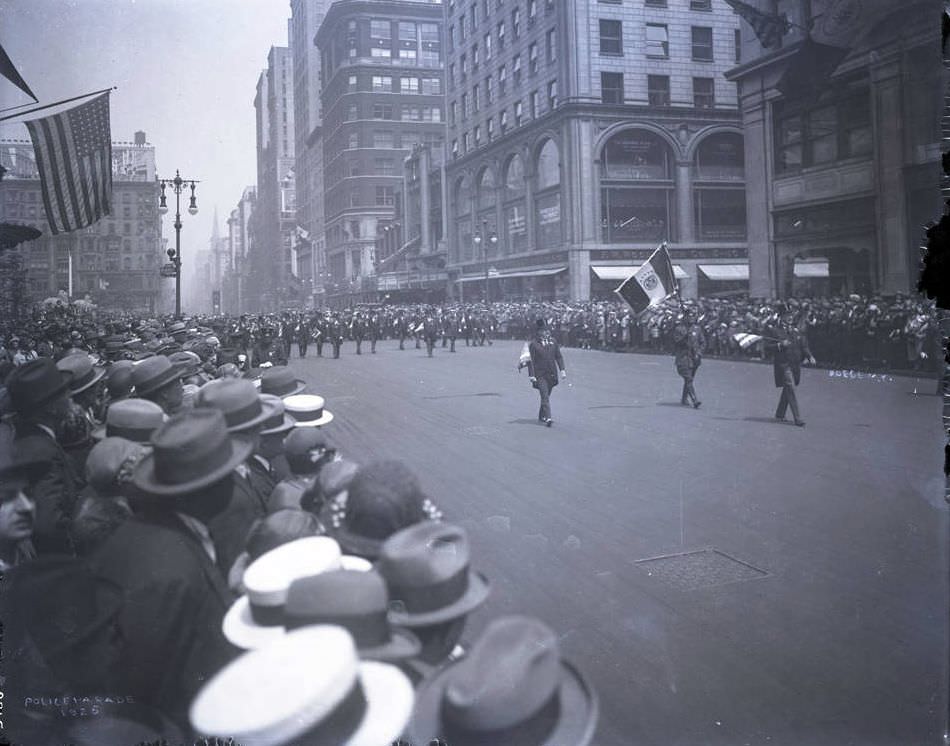

GIPHY App Key not set. Please check settings